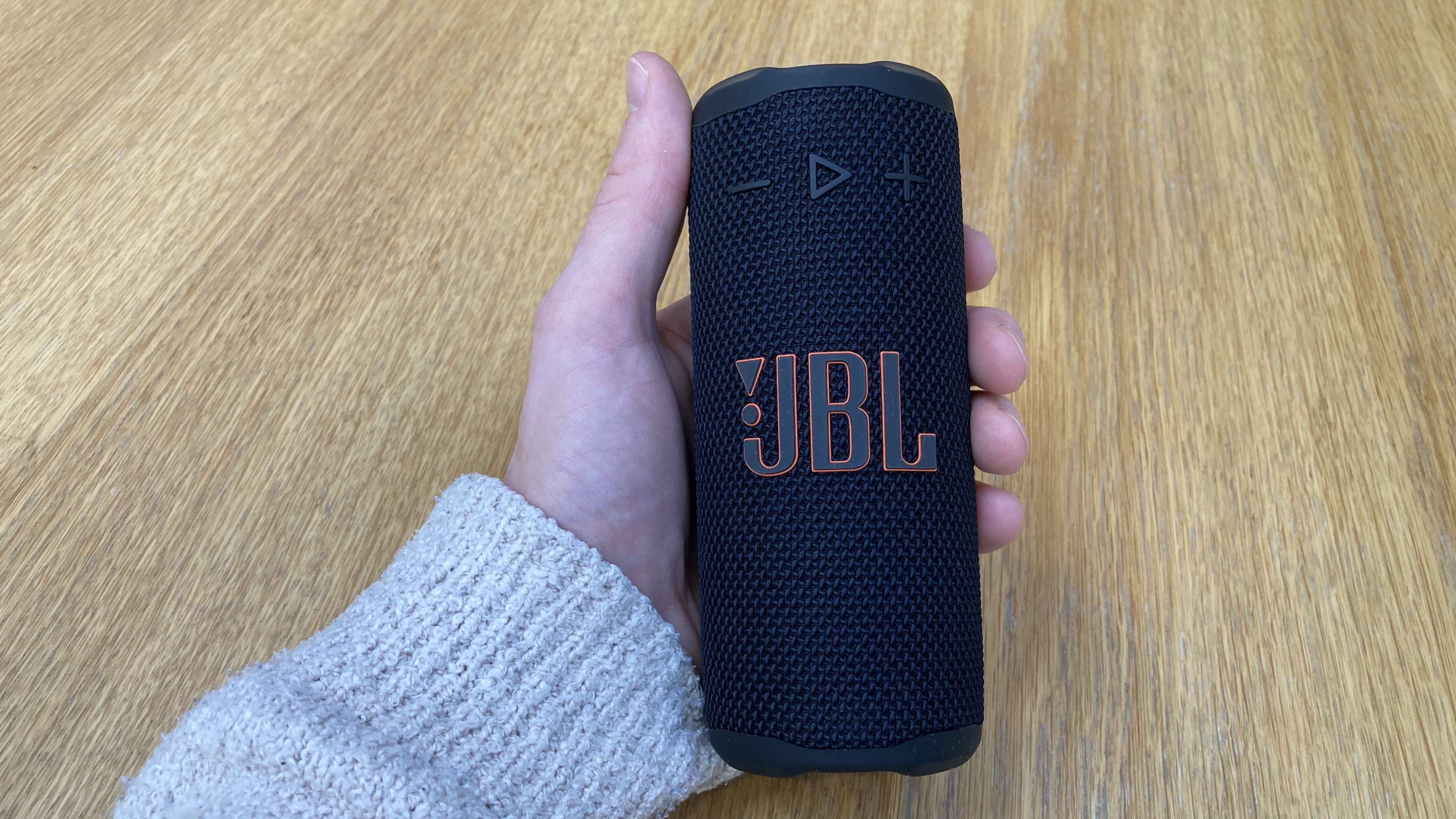Best cheap TVs 2025: affordable sets tried, tested and recommended
For very little money you can buy a 4K HDR TV with a great smart platform and decent gaming specs
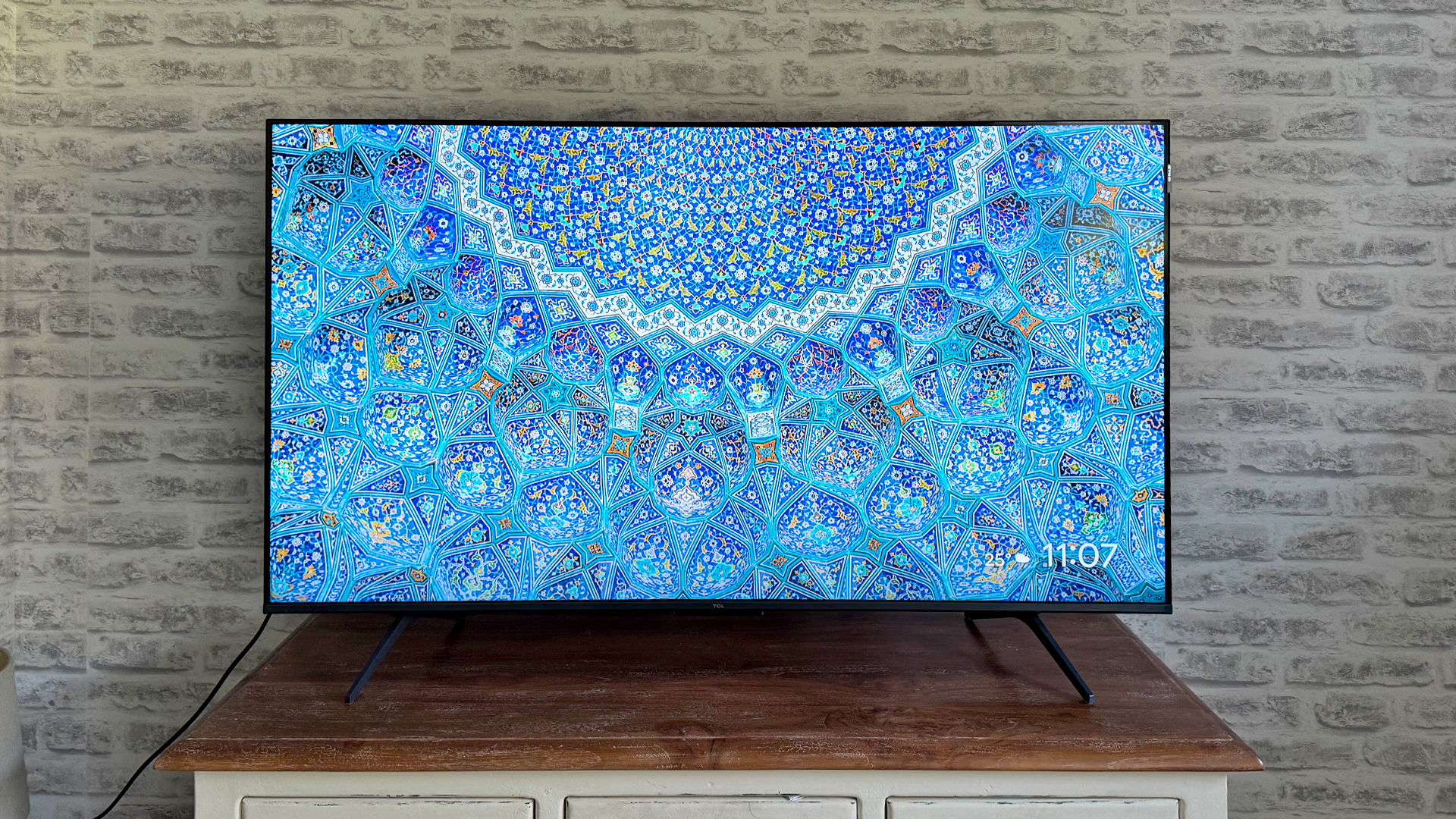
If you are on the hunt for a good quality TV but don't want to break the bank, it can seem like an impossible task to find a model that is worth your time.
But our team of experts have been reviewing TVs for decades, and know which models are best for those of a budget. Even for below £500 / $500, there are a decent number of TVs that are worth another look.
We have been testing cheap TVs all year round, with models ranging from hidden gem status to rotten eggs that ultimately earn a two-star rating.
But, thankfully, our work is sometimes rewarded. We have found some excellent models that, despite their modest price tags, offer good picture quality that will meet most fans’ needs. Bear in mind, though, that the performance jump you get by paying even a little bit more for one of the mid-range sets in our wider best TV guide is significant.
All of the top performers are celebrated here, where our reviewers list the best cheap TVs they have reviewed and recommend. You can read more about how we test bargain TVs at the bottom of this page.
The quick list
The table below offers a quick look at all the cheap TVs we recommend in this article. Every TV in it has been thoroughly tested by our team of experts in one of What Hi-Fi?'s viewing rooms, so you can trust our advice.
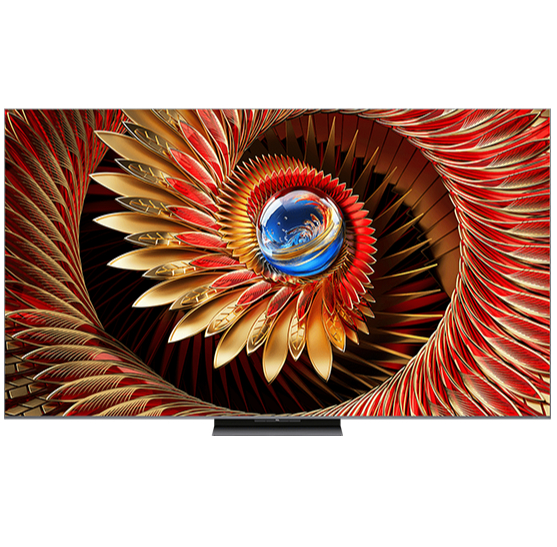
Best overall
The TCL C6KS is the best cheap TV we’ve reviewed, offering a brilliantly bright picture and solid HDR support.
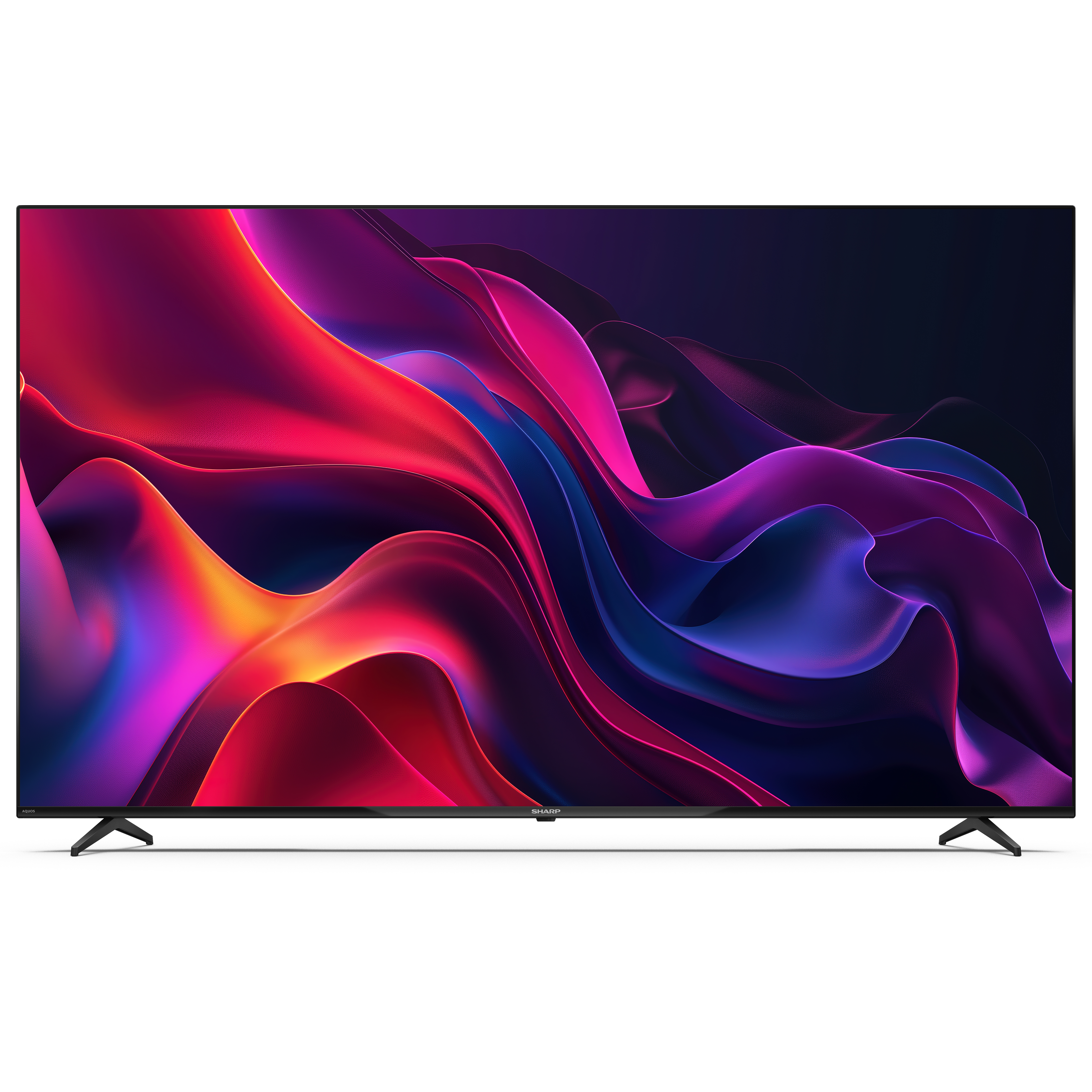
Best 70-inch
If you want a giant screen but are short on cash then the Sharp GK4245K is an outright bargain and the best 70-inch cheap TV we’ve tested this year.
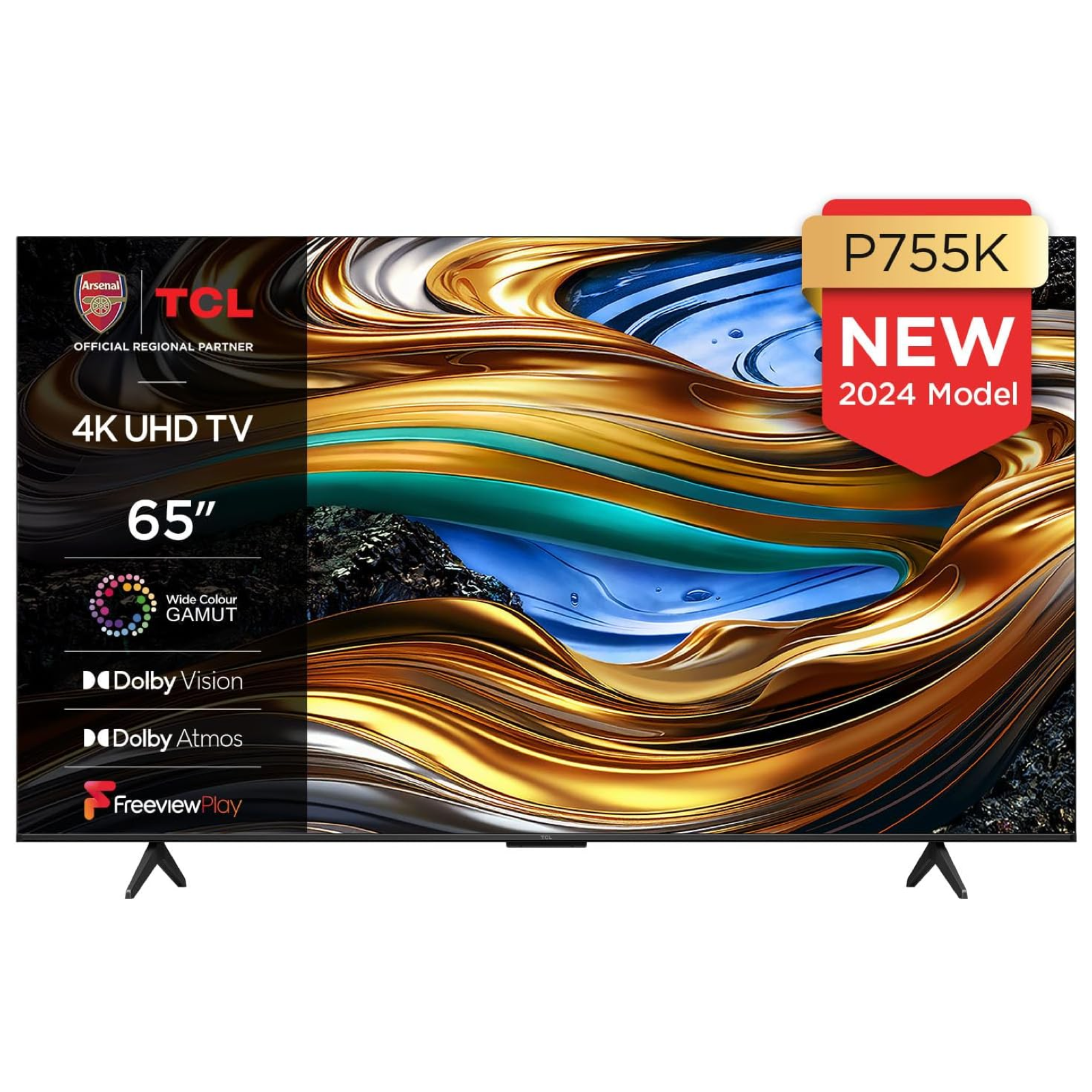
Best 65-inch
TCL has a strong track record in the affordable end of the market and the P755K is a great example why.

Best 43-inch
If you are looking for a smaller screen, this 43-inch TCL offers loads of features and consistent picture and sound quality for a bargain price.
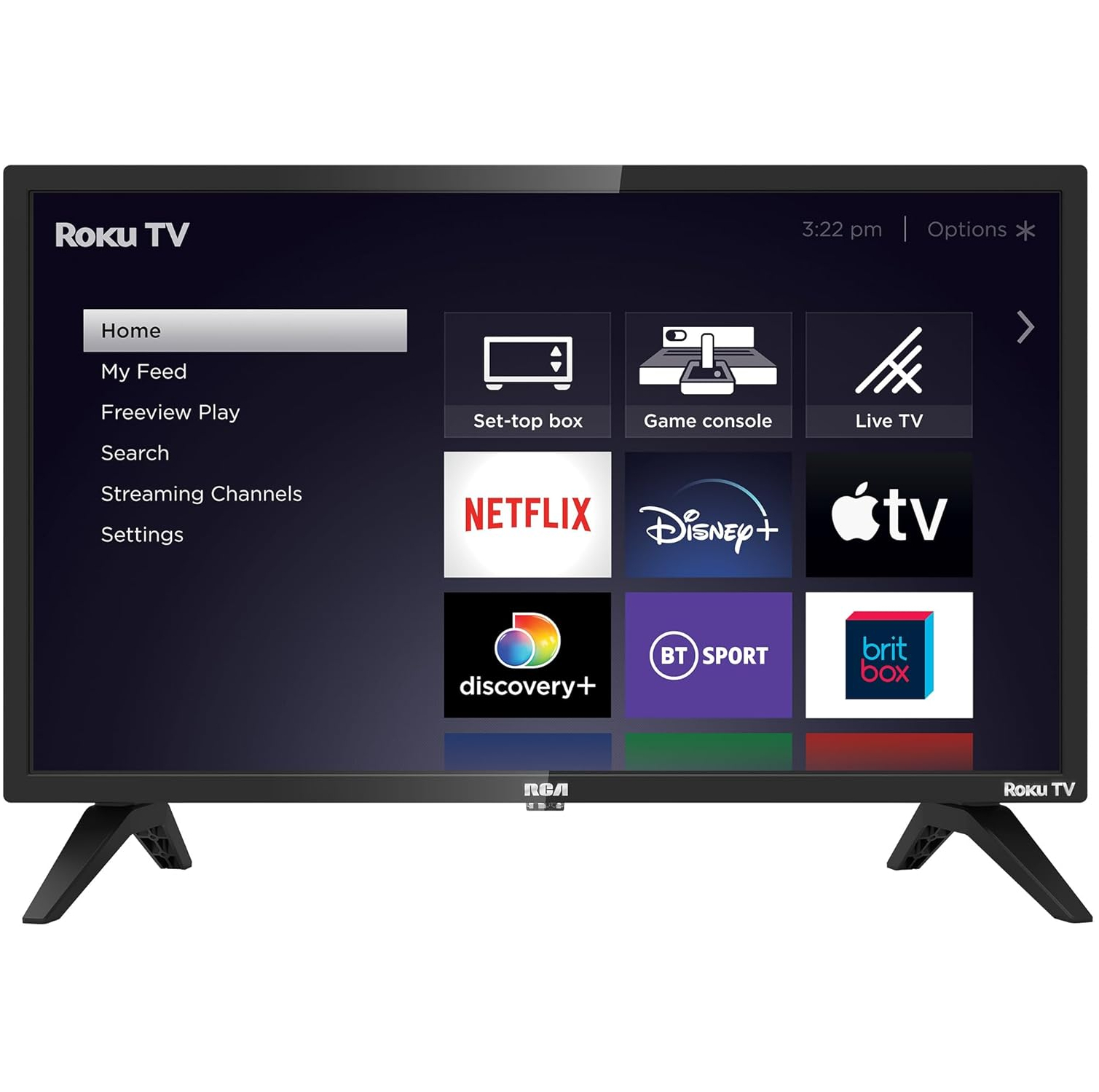
Best 24-inch
The RCA Roku TV is a no frills small TV that earned praise from our testers by focussing on getting the basics right.

I have been reviewing TVs for nearly two decades. This gives me a holistic knowledge of the TV market, including cheaper sets. That’s why, where merited, you will often find me recommending more affordable TVs alongside flagship OLEDs. In this guide I and the wider What Hi-Fi? reviews team check each set in dedicated viewing rooms to ensure it delivers an enjoyable home cinema experience and the best performance possible at its price – so you can trust our buying advice.
The best cheap TVs of 2025
Why you can trust What Hi-Fi?
Still need some convincing or more information? Scroll down and you'll see a detailed breakdown of why we recommend each TV in this list based on our direct experience using it in our dedicated test rooms.
Best overall

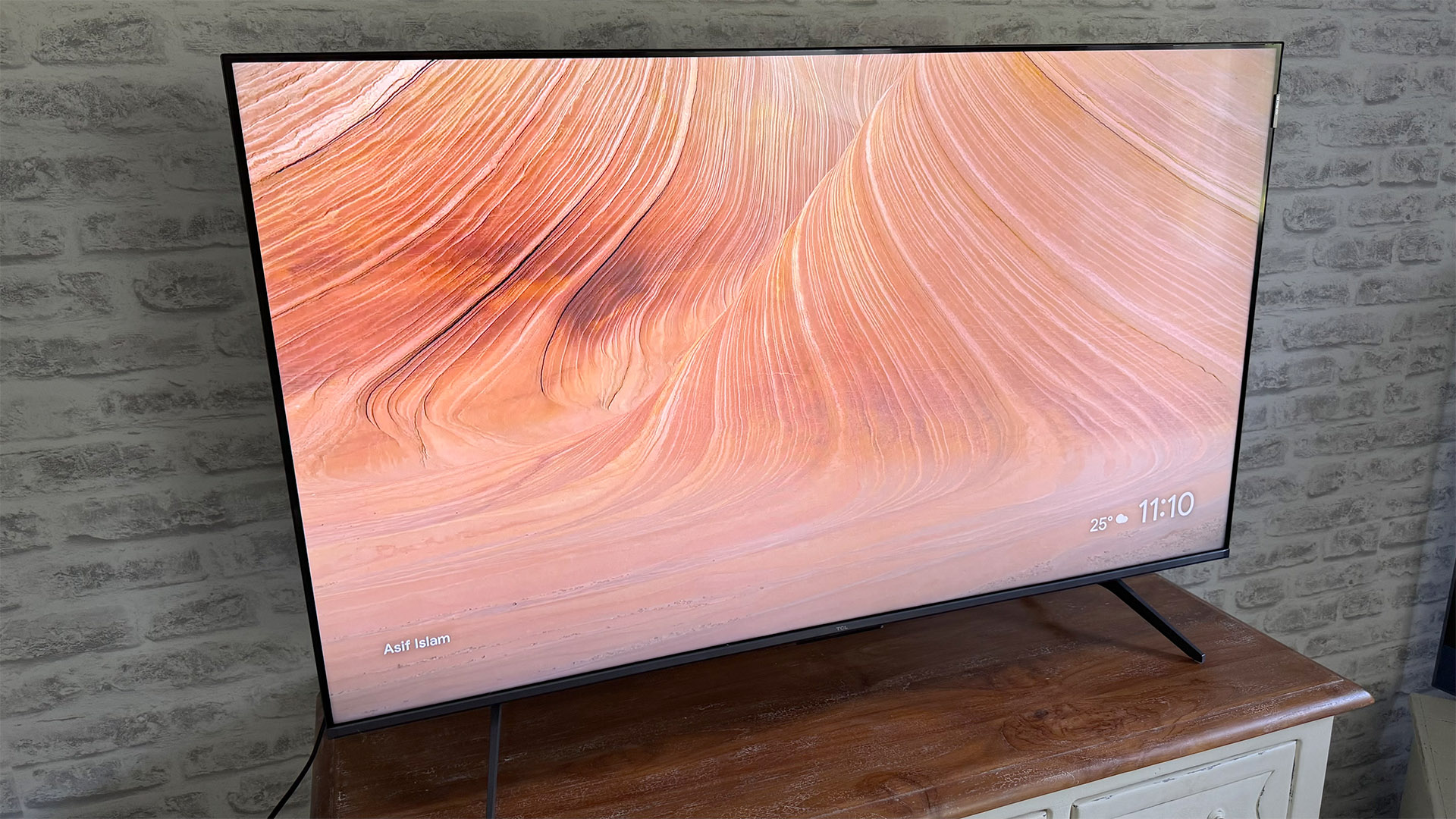
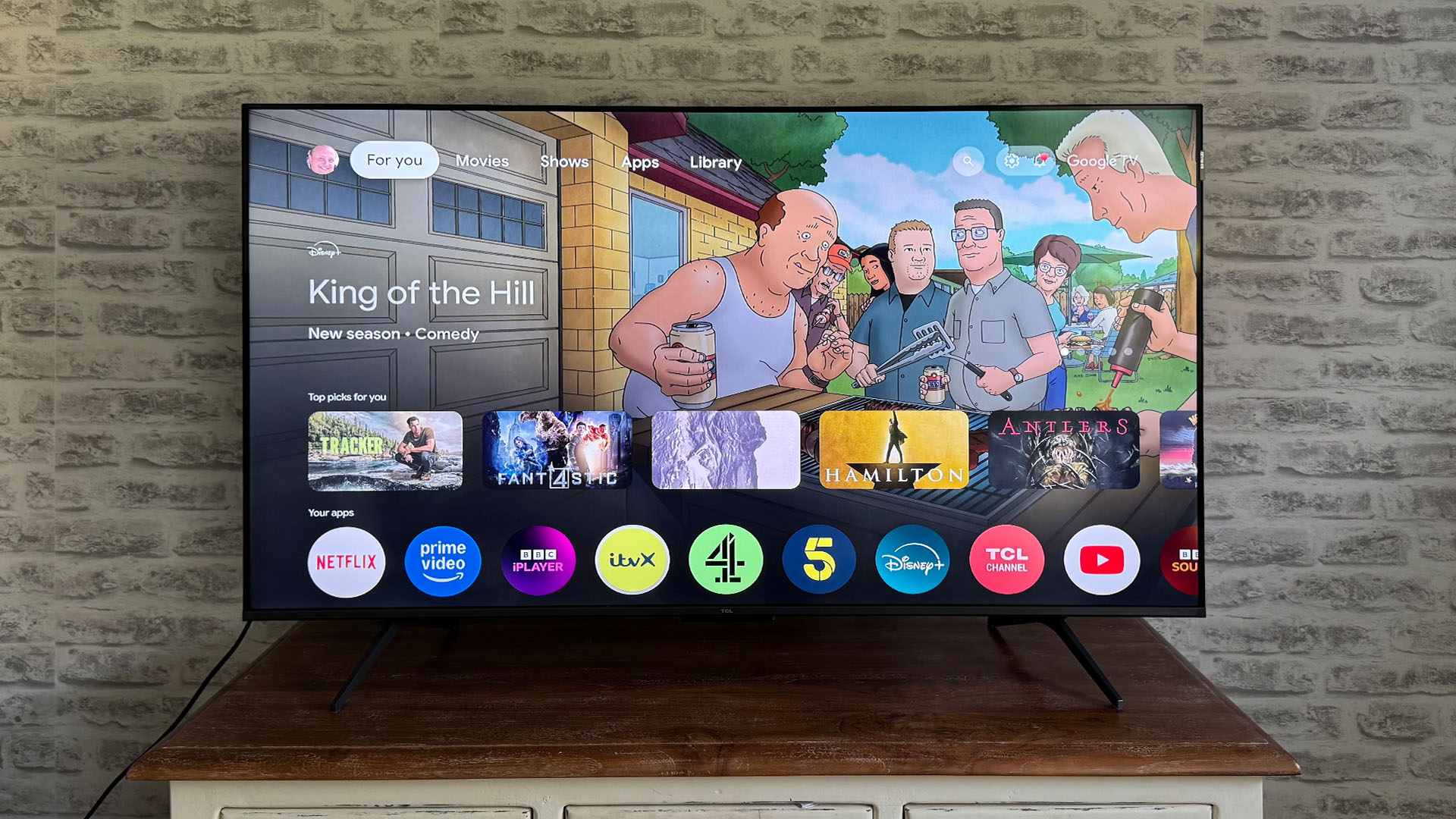
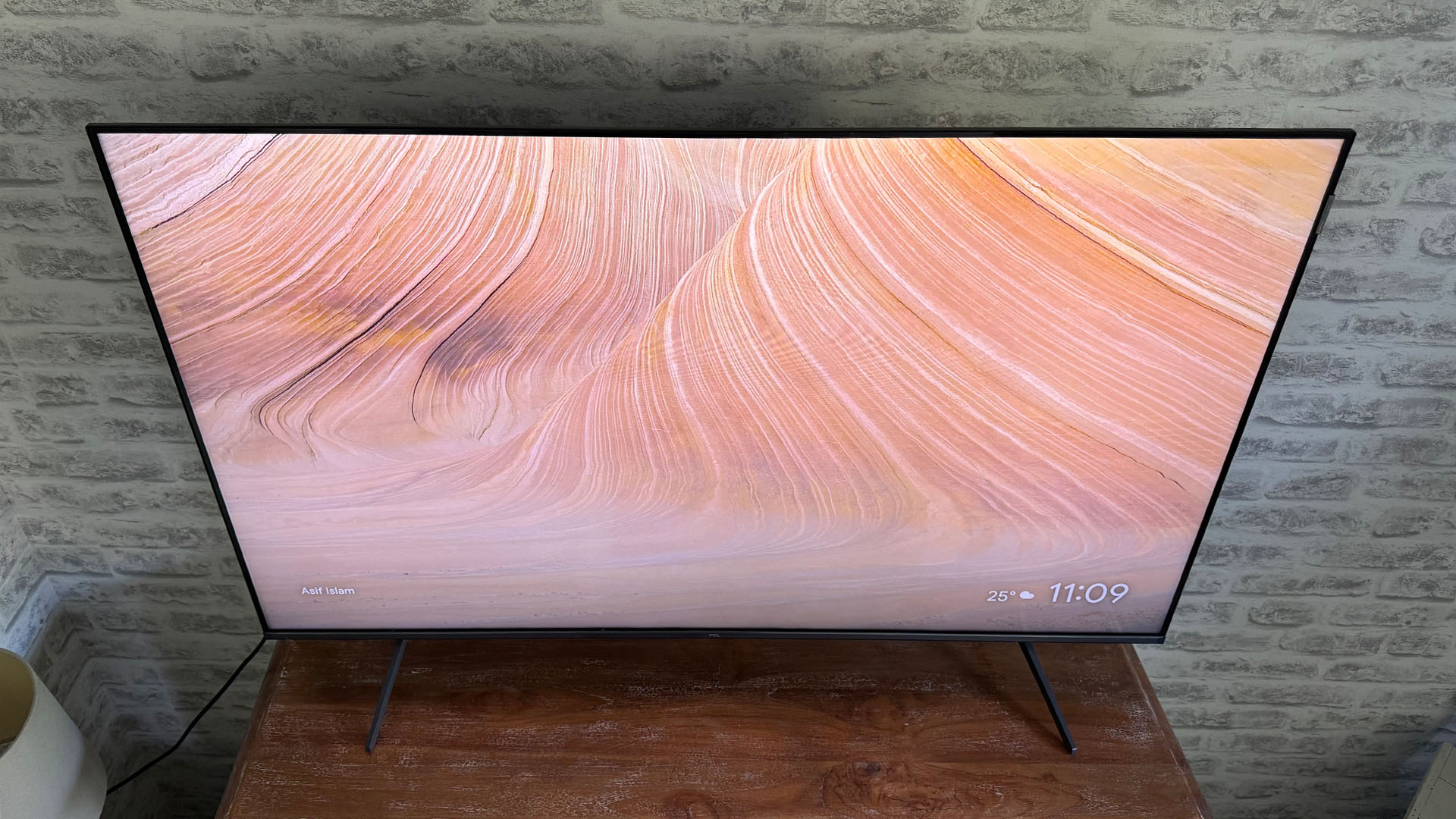
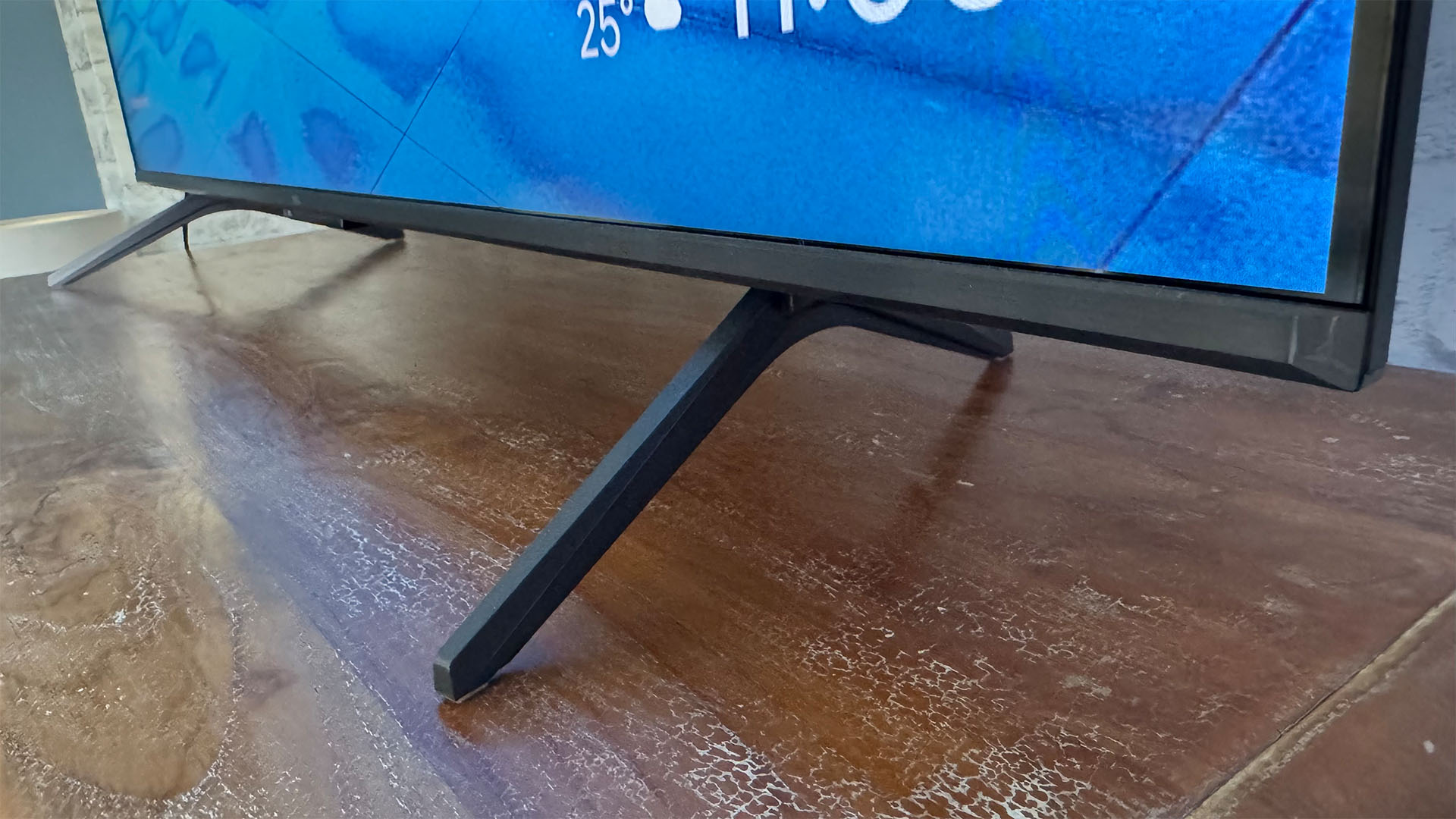
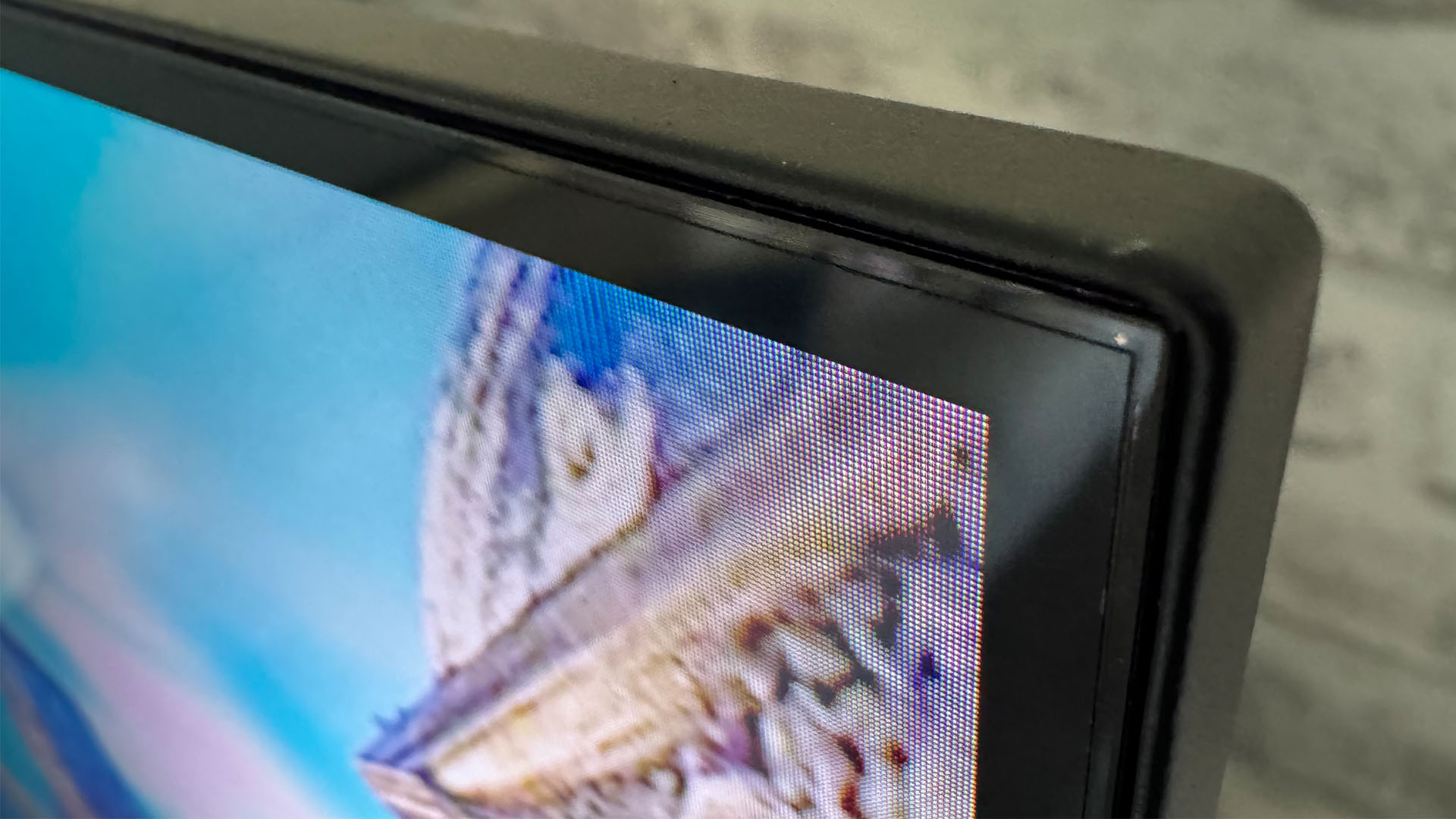

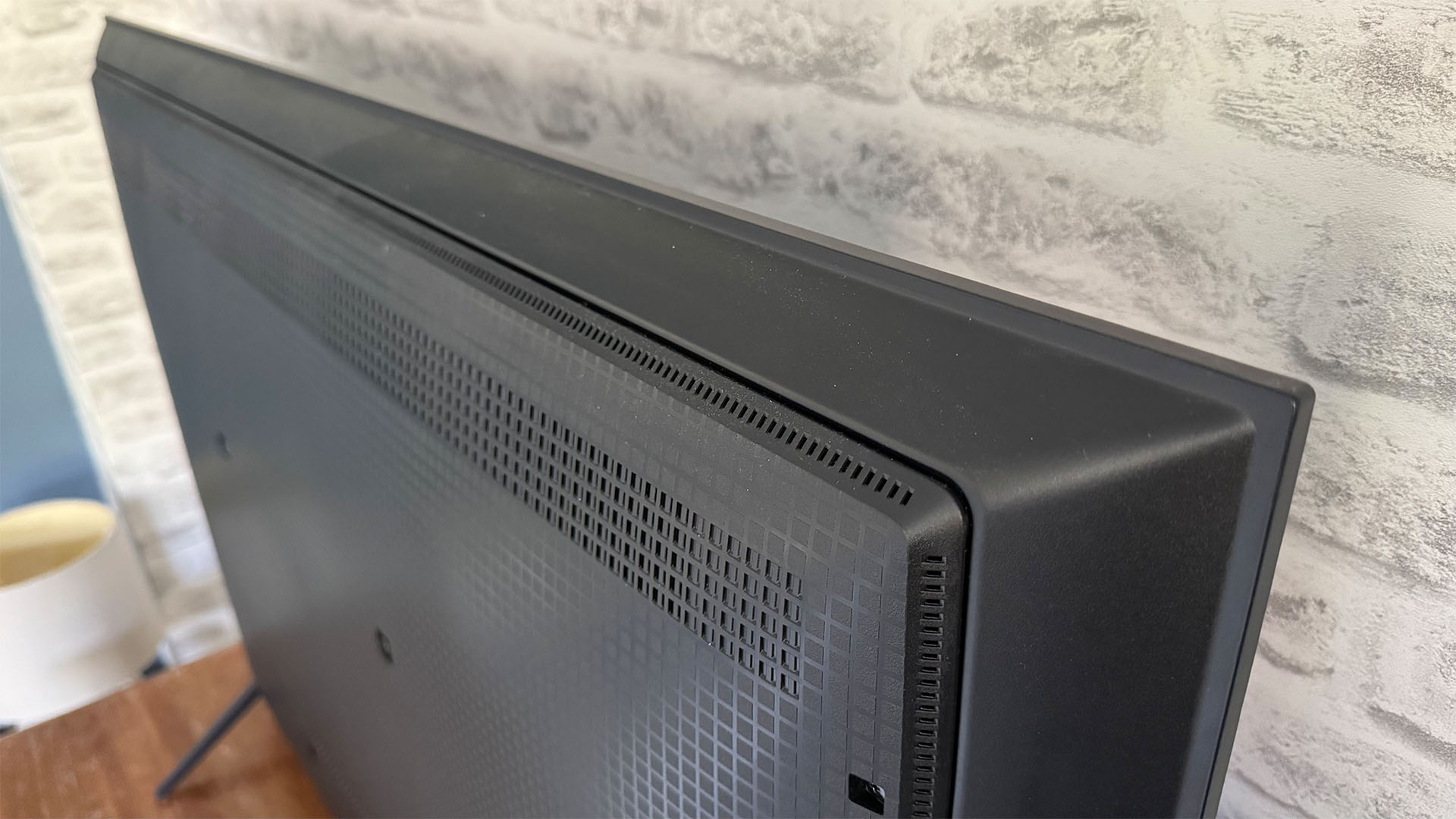
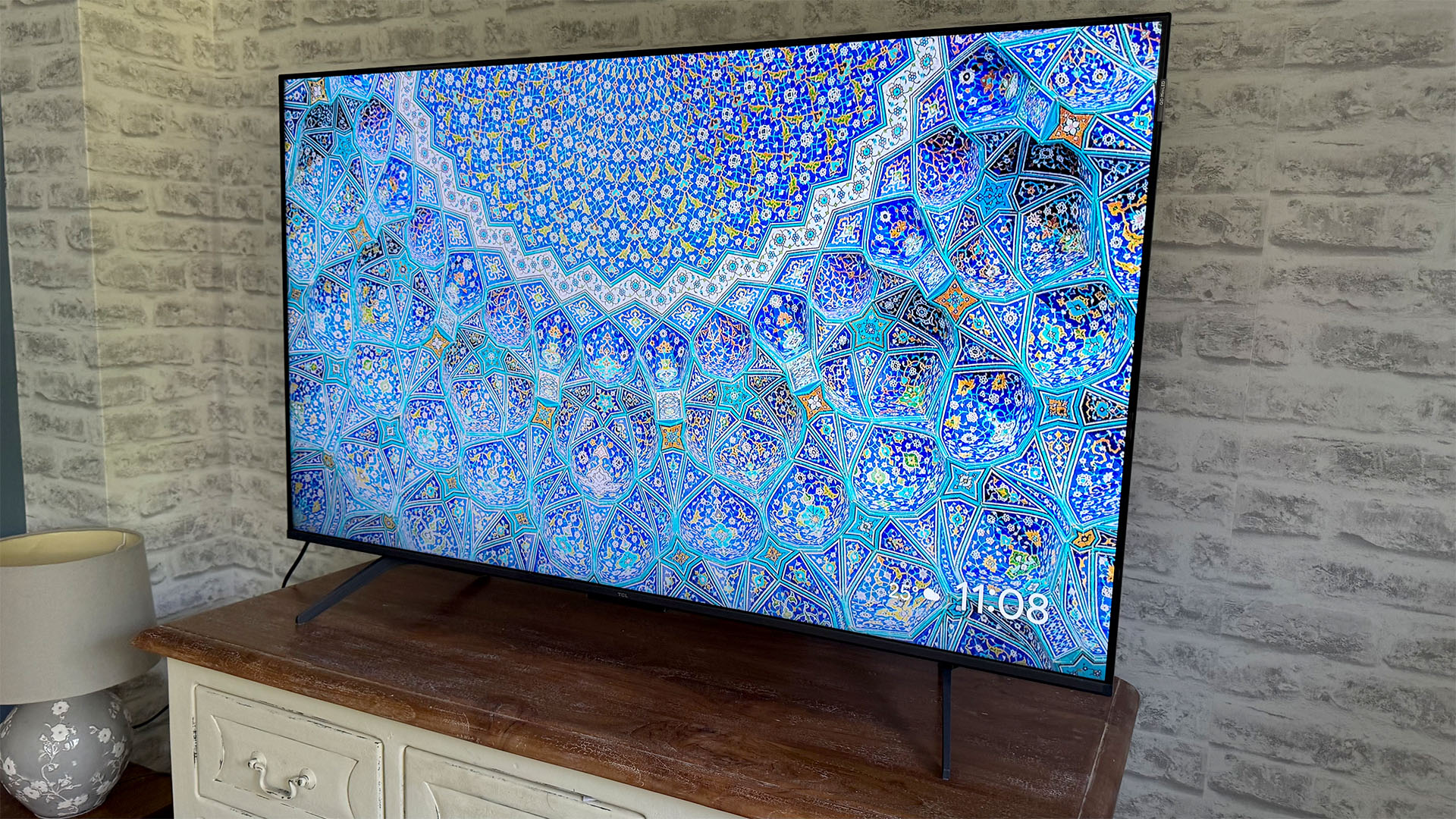
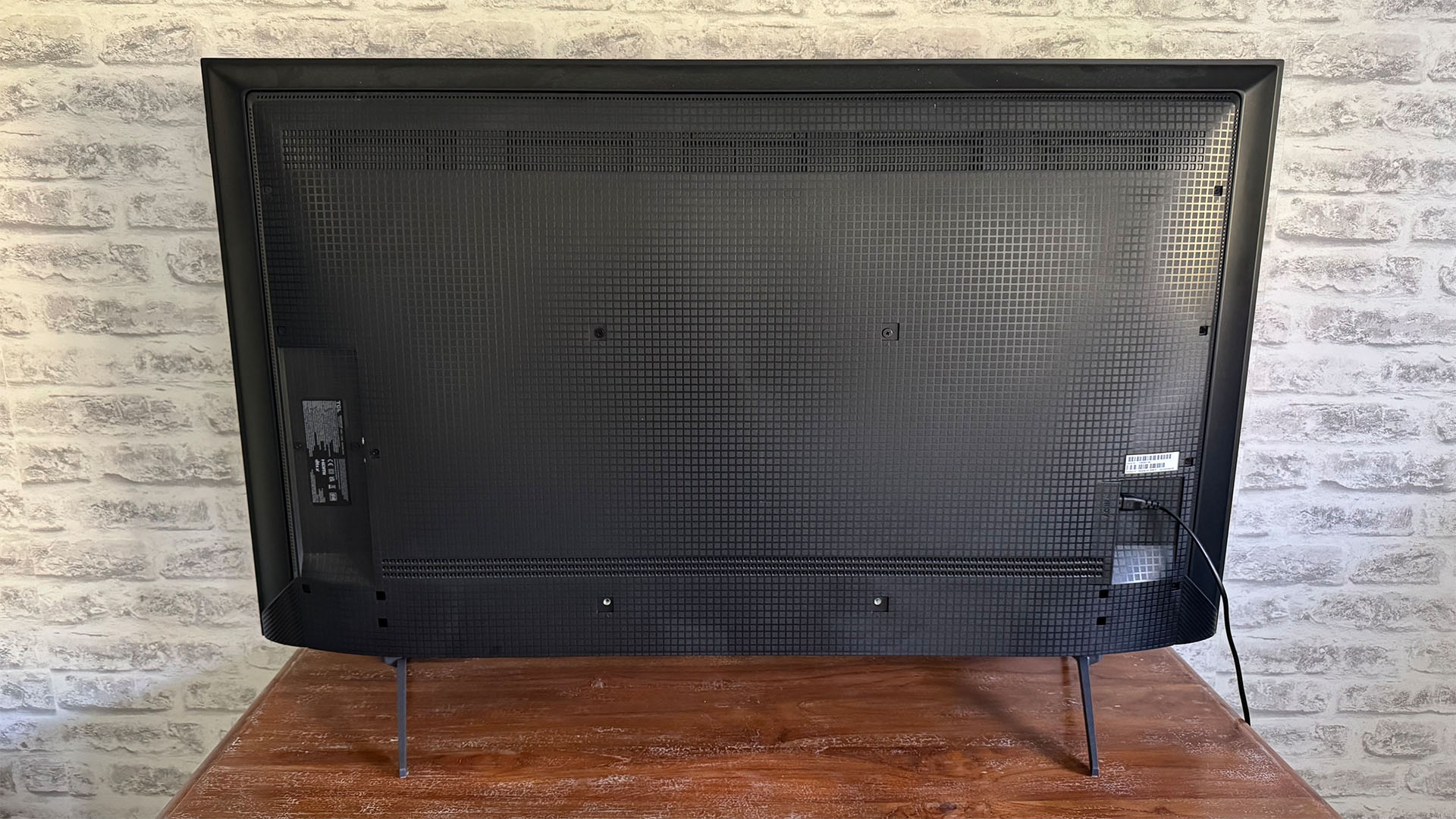
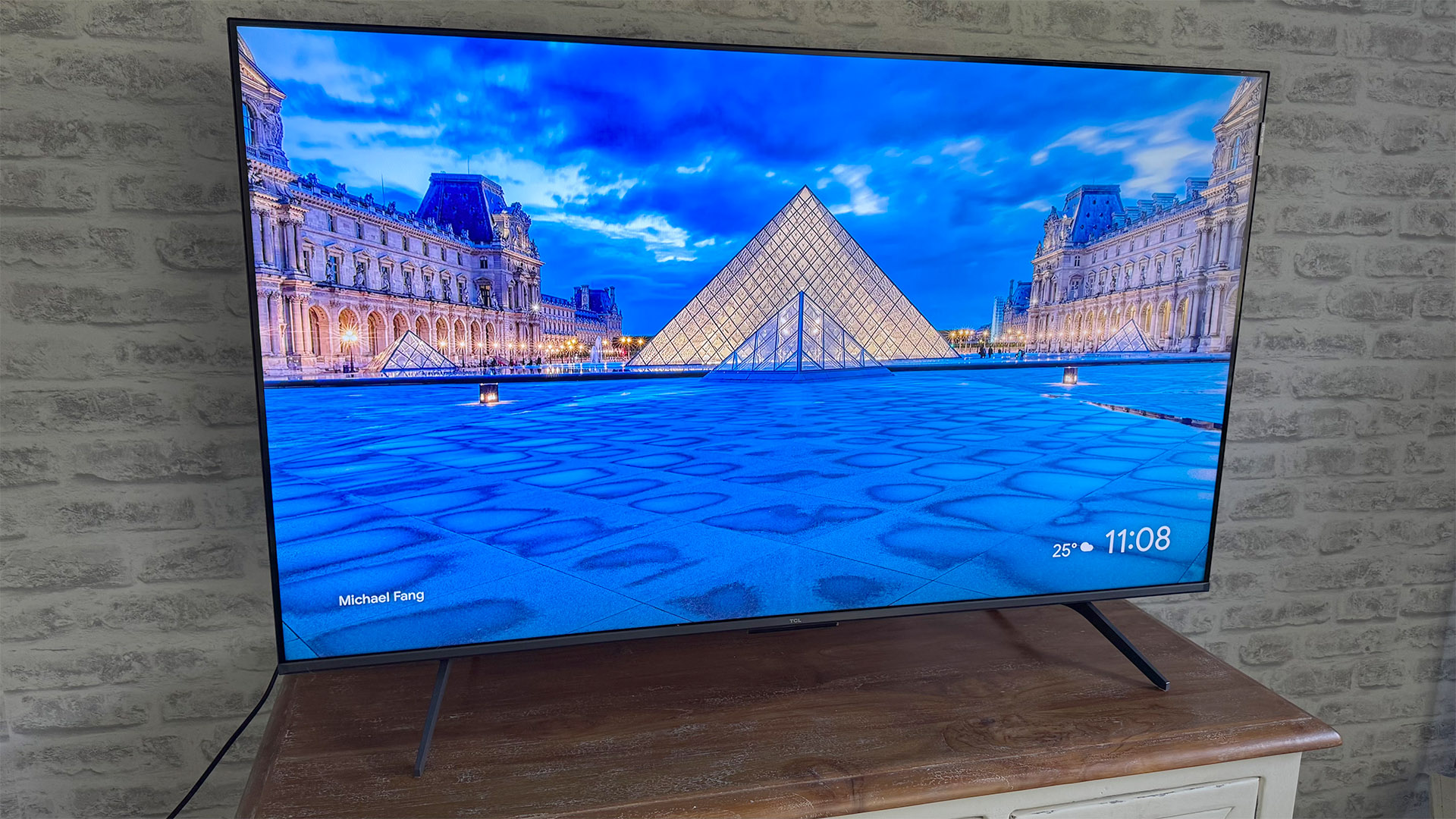
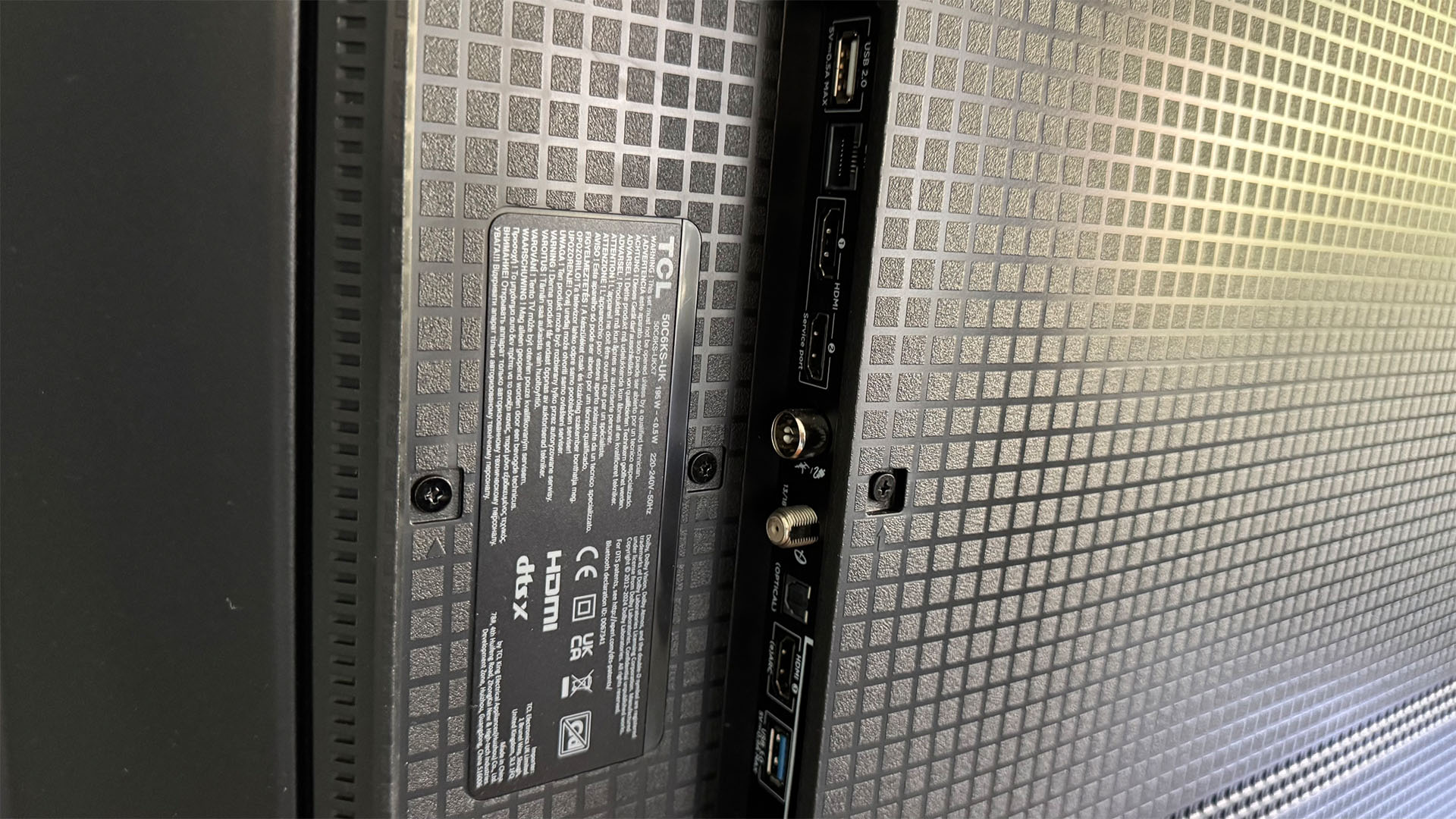
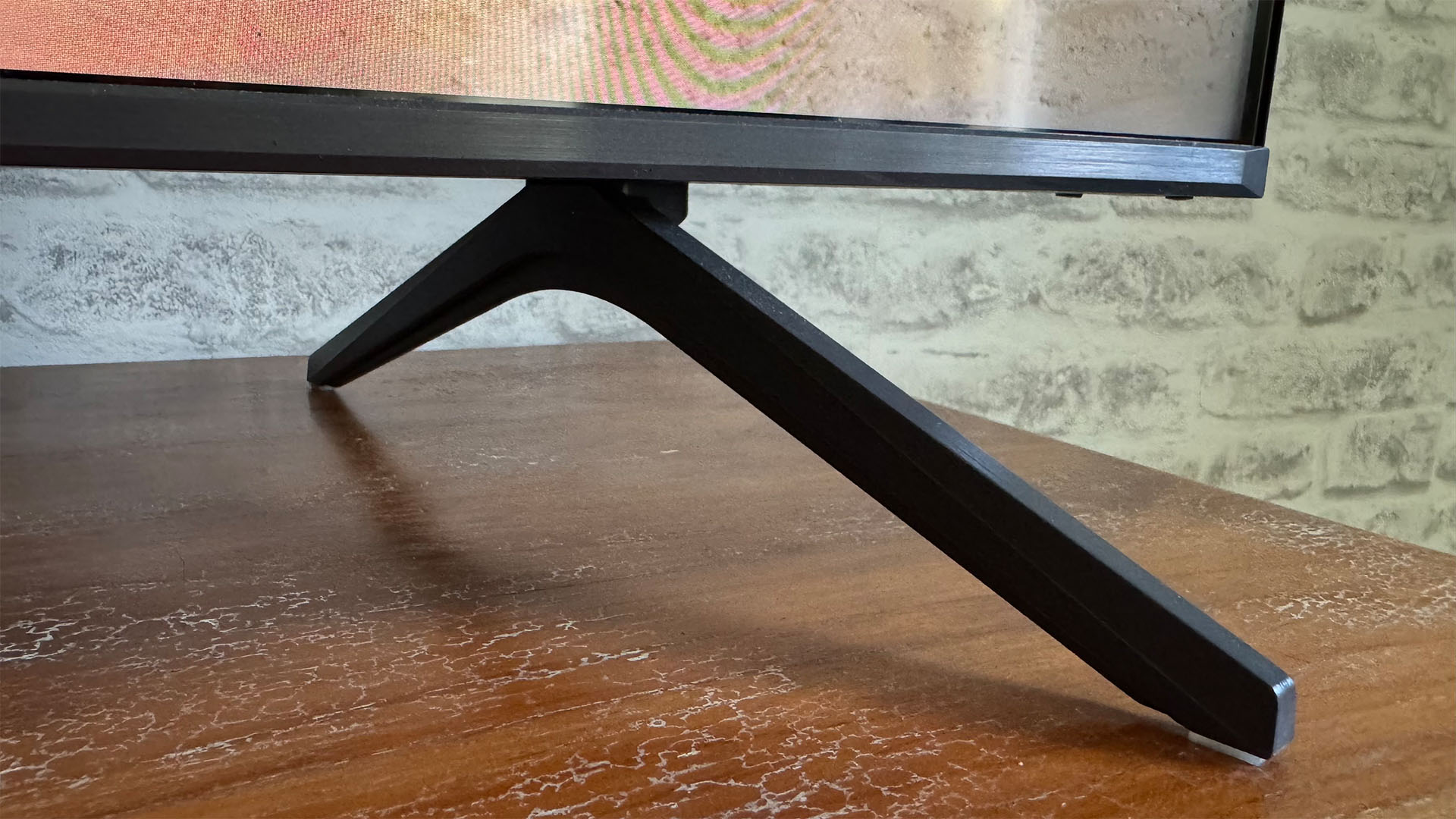
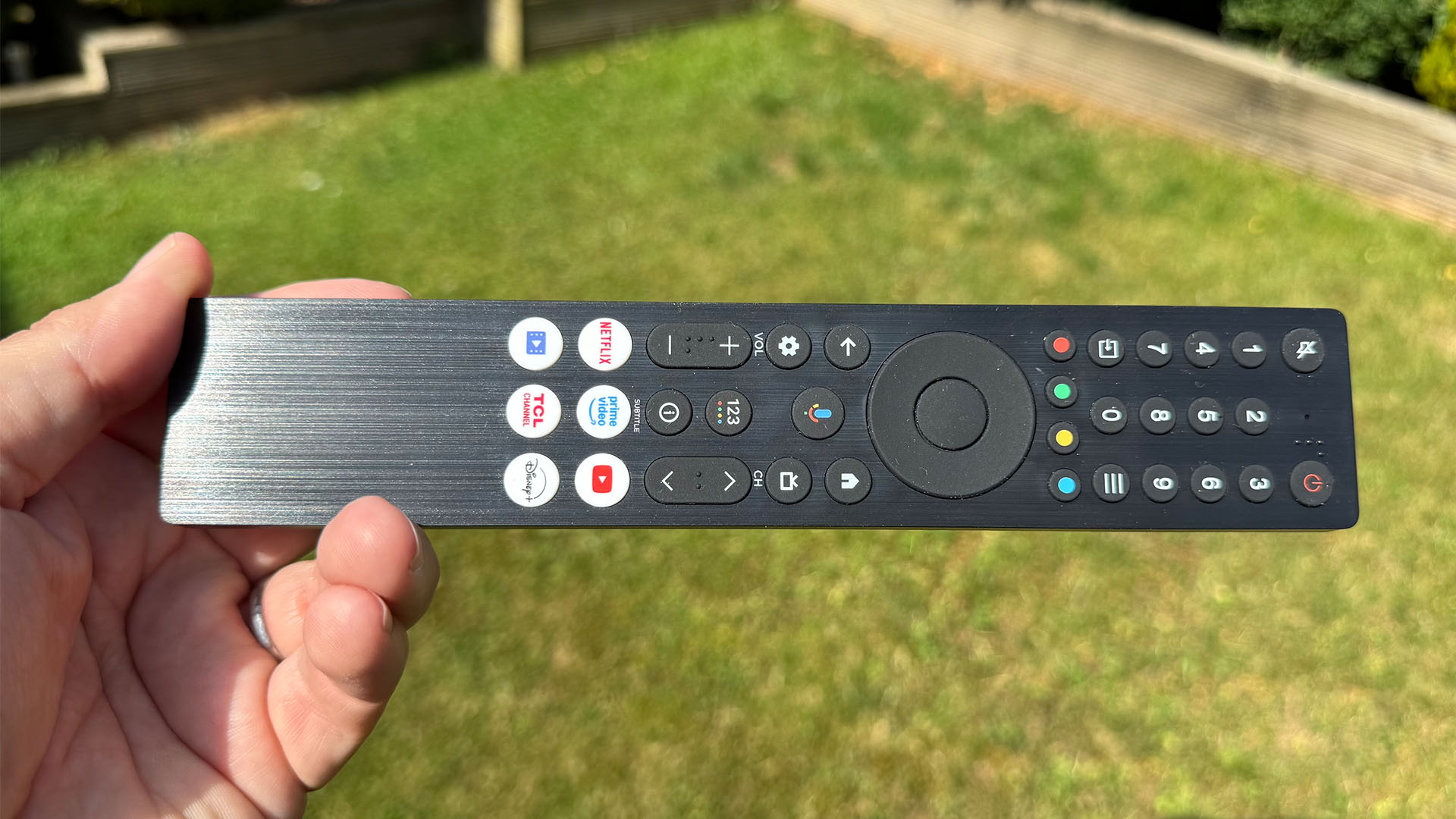
Specifications
Reasons to buy
Reasons to avoid
The 50-inch TCL C6KS is the cheap TV we recommend to most people right now. Despite its modest price tag, the set comes with some surprisingly accomplished hardware, including a brighter than average Mini LED panel.
Mini LED is a rare sight this low down in the market and means the set has much more finesse than many of the basic LED rivals you’ll find in this list when it comes to light control. This is thanks to its use of smaller LEDs which are arranged in a grid format and charged by zones.
As well as more granular control over the panel, the technology also lets the TV go much brighter while retaining contrast. During our testing it performed admirably, burning much brighter than the rival sets we tested it against, while also offering surprisingly good, black levels.
This led our reviewers to report:
“We’re pleasantly surprised by how much refinement and subtle toning the TV retains in areas that are notoriously tricky for affordable TVs, such as skin tones, blue skies, leafy trees and grassy meadows. Nothing feels clumpy or cartoonish. This has a knock-on effect on the C6KS’s sharpness, joining forces with the strong shadow detail performance to really convince you that you’re looking at 4K images despite this TV sporting a relatively small screen size by today’s standards.”
In fact, we have only two words of caution about the C6KS. First, its motion handling is middling, with there being some softness to characters’ movements, particularly when playing films. Second, while it has ALLM and VRR it doesn’t have an HDMI 2.1 input, so gamers won’t be able to enjoy frame rates beyond 60fps.
But, these are both common issues on nearly all the cheap TVs we test and more than forgivable given its otherwise fantastic performance.
Read our full: TCL C6KS (50C6KS-UK) review
Best 70-inch
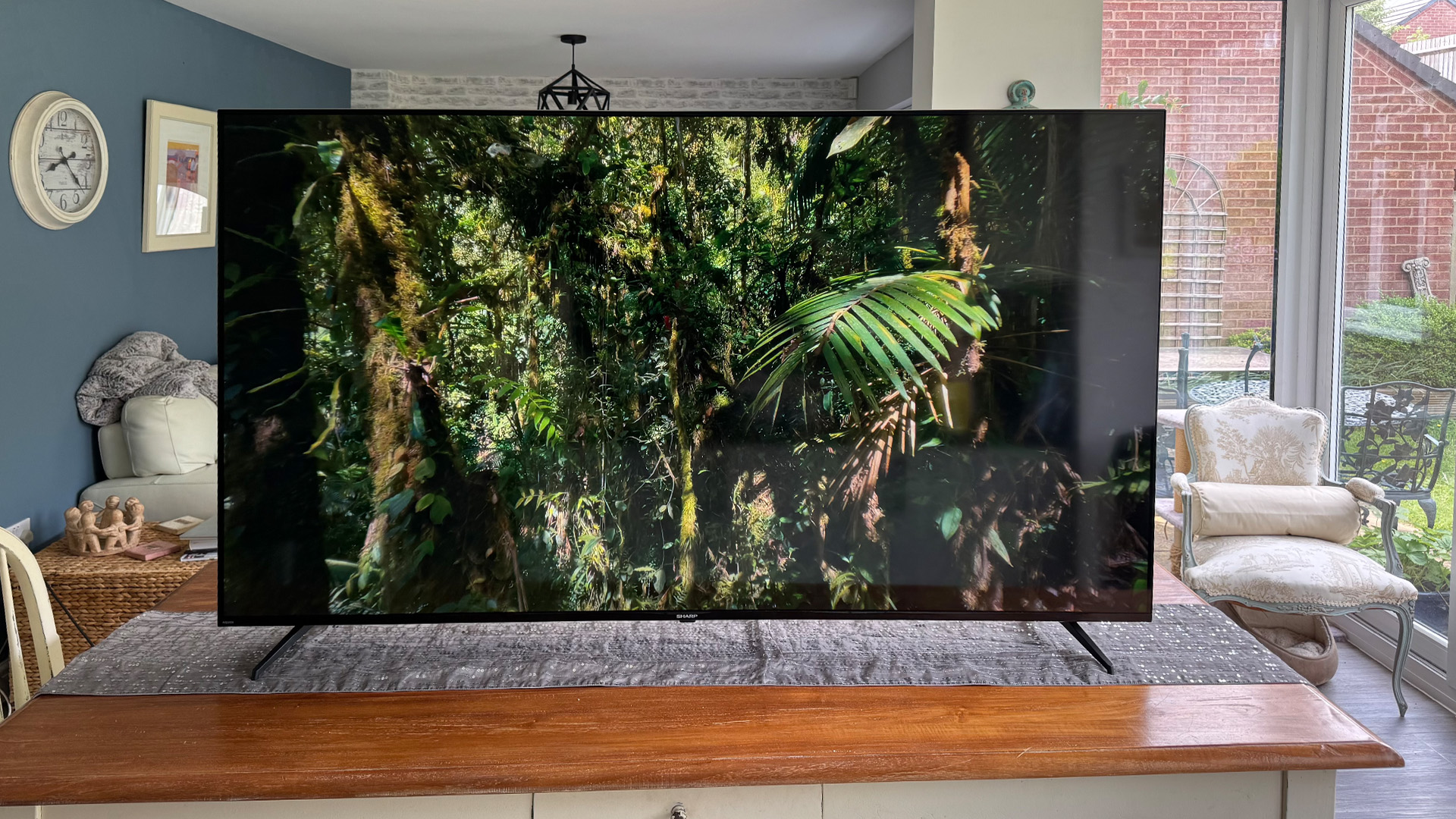
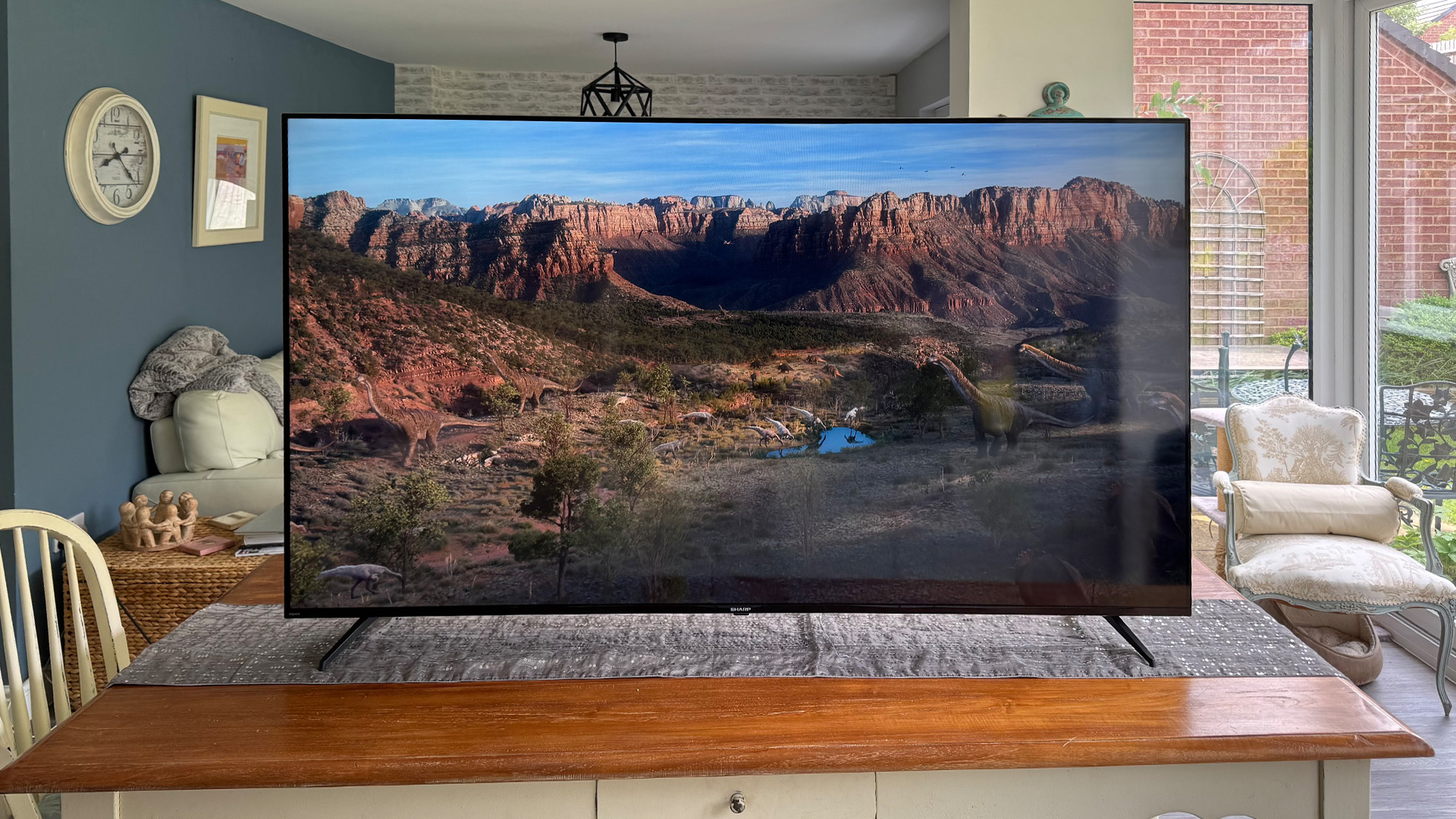
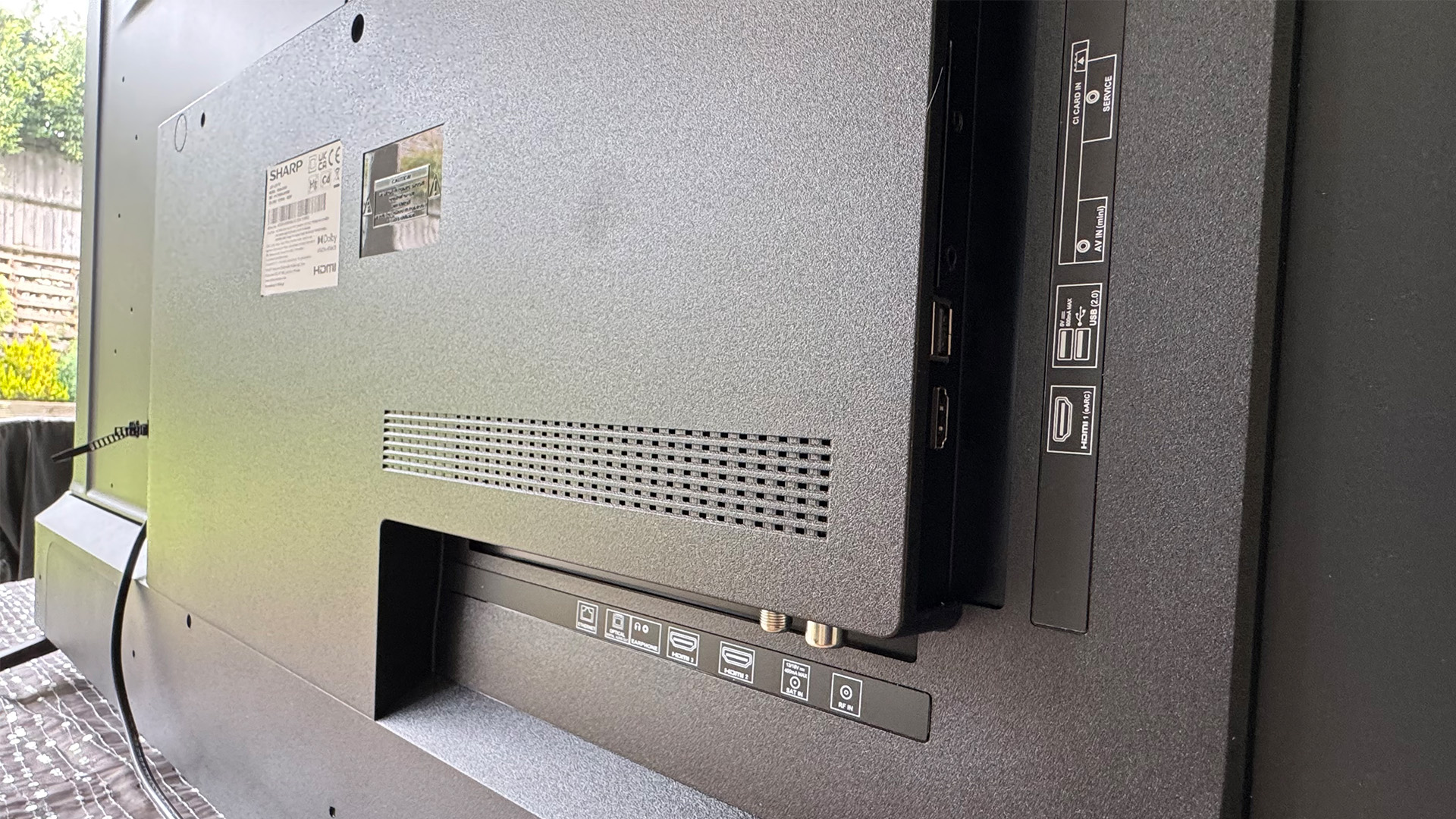

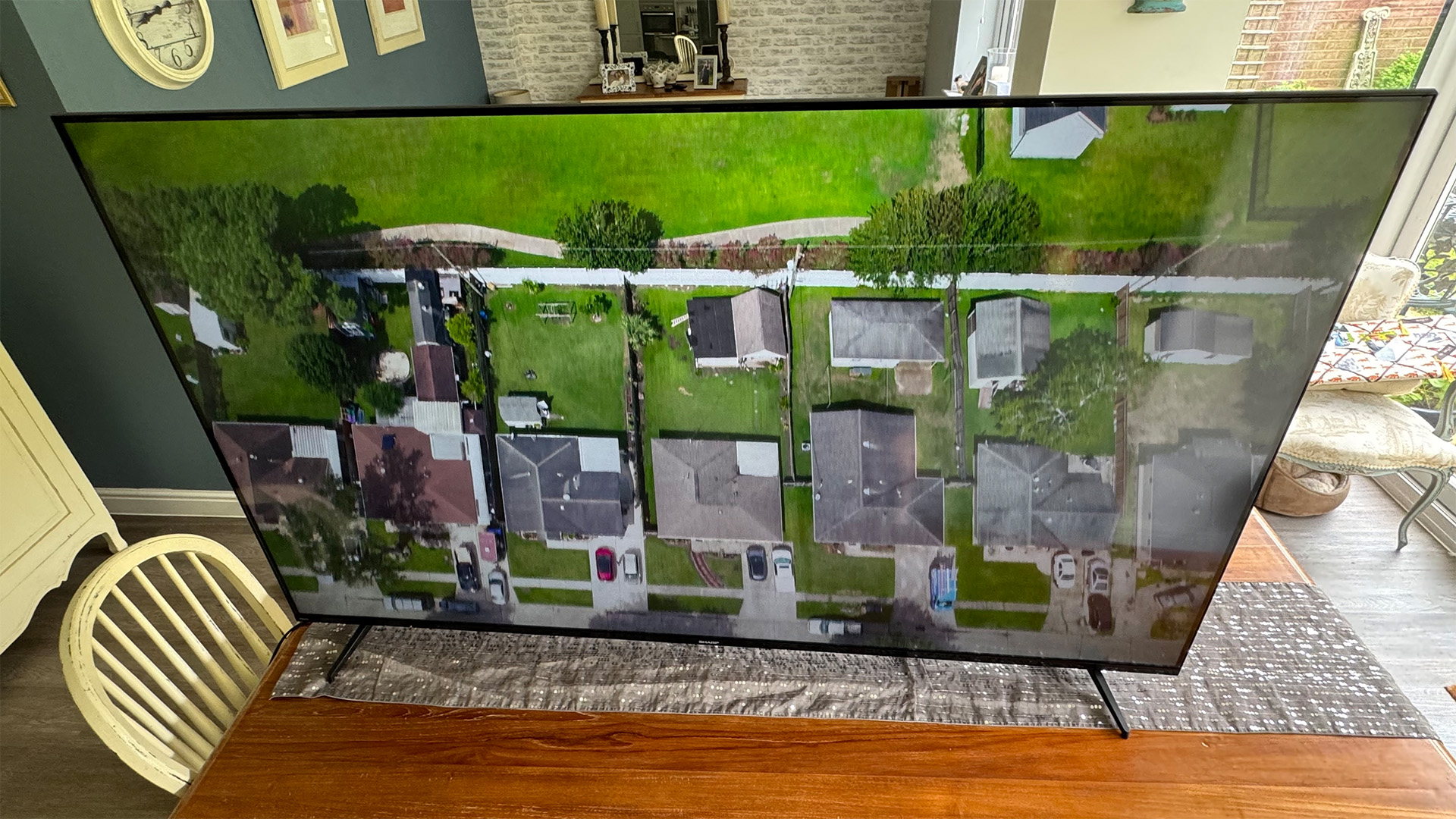
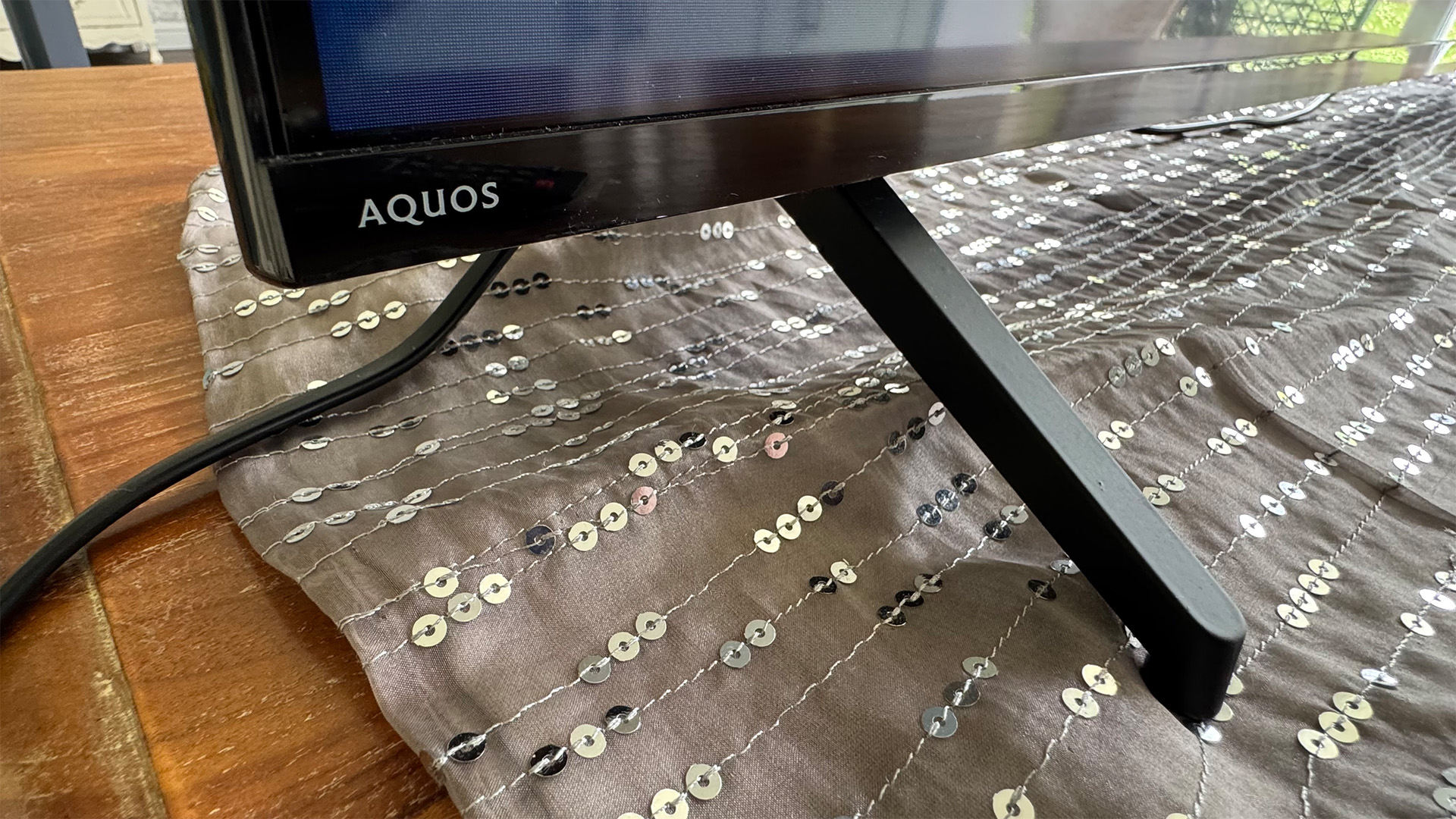
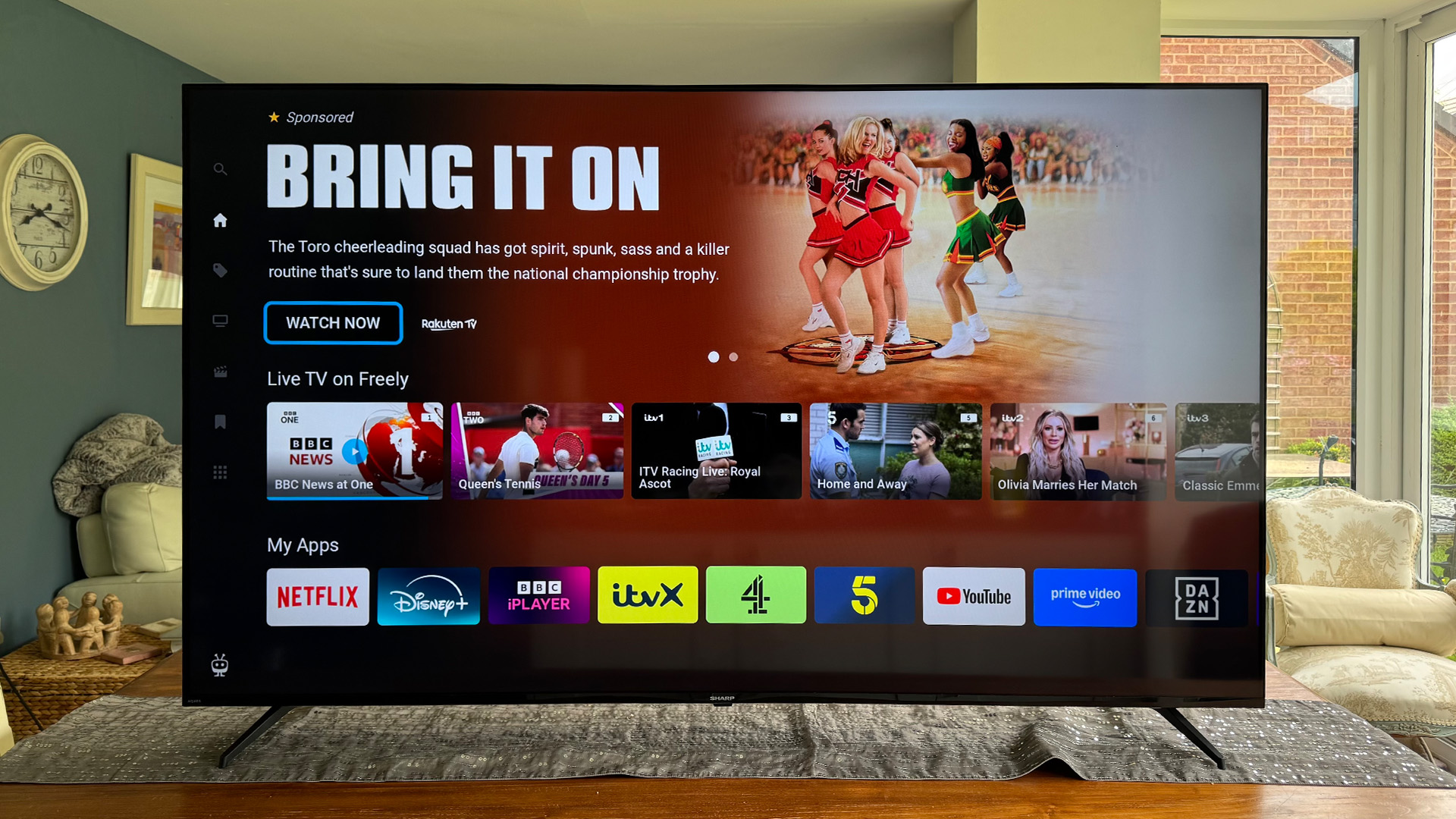
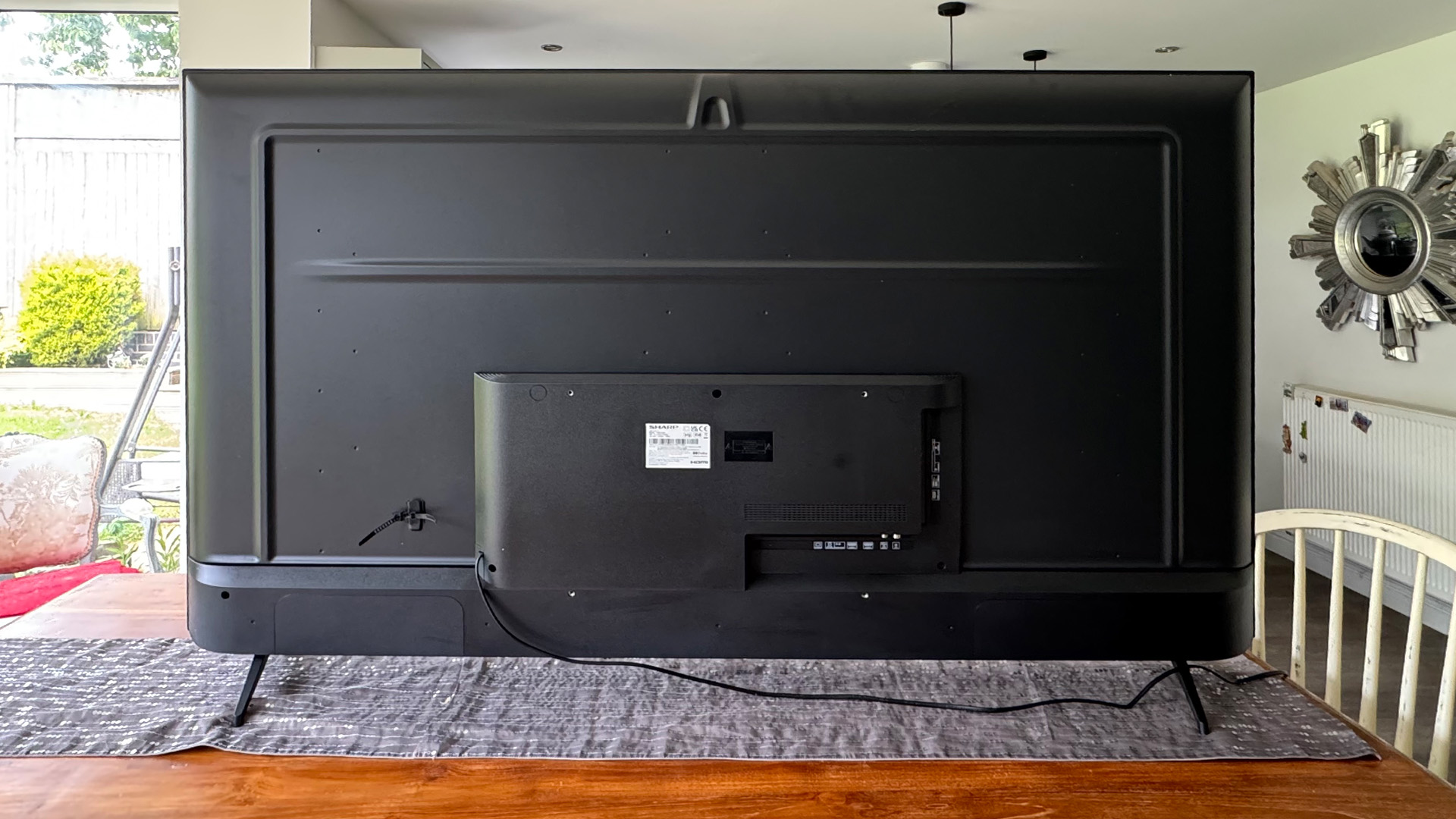
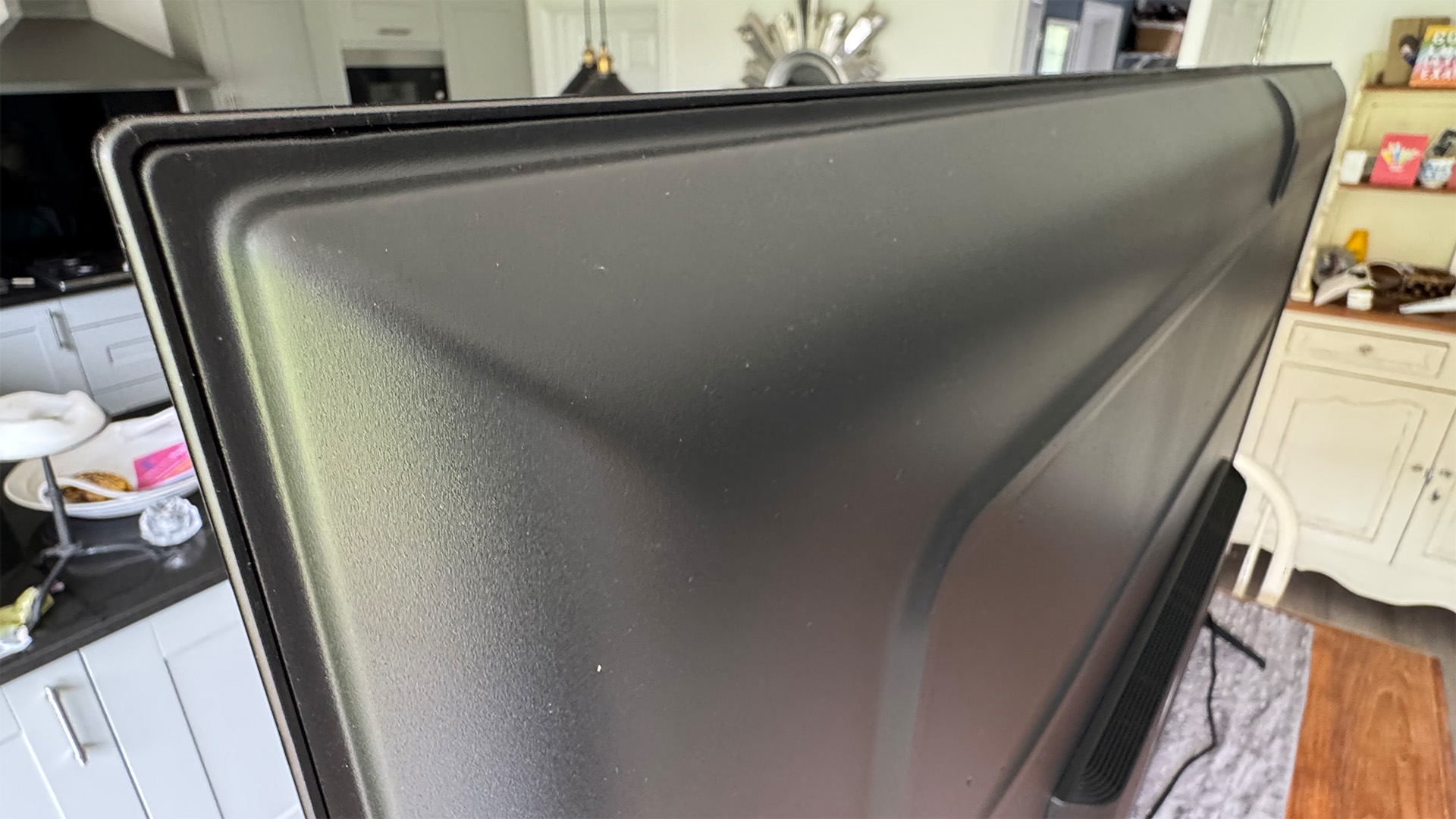
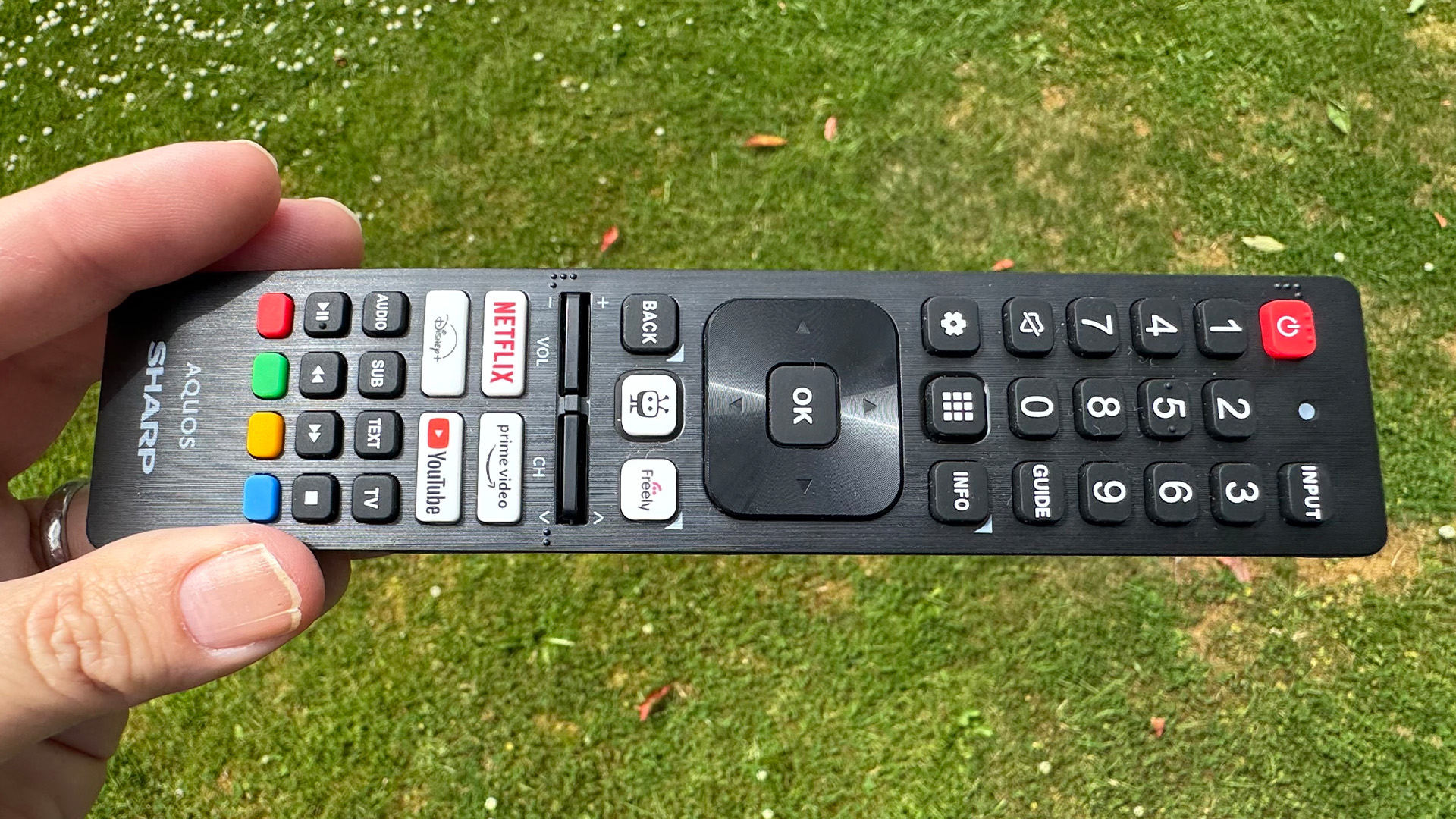
Specifications
Reasons to buy
Reasons to avoid
Getting a 70-inch TV for under £500 / $500 is a tricky task to begin with. Getting one that’s good is nigh on impossible – at least, that’s what we thought until we got the Sharp GK4245K (70GK4245K) in for testing.
For very little cash you will be treated to a giant TV built around the Tivo platform with a surprisingly developed set of features and specifications.
For starters, the 4K screen can understand Dolby Vision HDR and Dolby Atmos signals. So if you’re streaming content mastered to either, or both standards, it will actually try and match the source.
For gamers, while 4K/120Hz is understandably off the cards, it can run games in 1080p at 120Hz – which is pretty good for a TV this size and means people with a current generation console can get higher frame rates if they’re willing to sacrifice resolution.
VRR and ALLM are two other rare inclusions at this price, which help intelligently match the frame rate to the source and reduce latency.
App support is solid and there’s even Freely for UK-based buyers, which grants access to most broadcasters’ content including the BBC, ITV, Channel 4 and Channel 5.
But, most importantly, while there are black level and contrast issues, the picture is impressive for such a cheap, giant set, to the point our reviewers reported:
“The GK4245K’s pictures turn out to be a really pleasant surprise in most ways. For starters, they’re substantially brighter than we’d anticipated based on our experience of other similarly ultra-affordable TVs. This expresses itself in both enjoyably crisp and punchy highlights within HDR pictures, and respectable sustained brightness with full-screen HDR bright shots.”
But be warned, there are compromises. First you will need a giant stand to accommodate it as the feet only have one configuration – on the base’s furthest edge. Second, audio is poor, even for a set this price with the speakers being bass-light and thin.
However, even with these caveats, if you insist on getting a 70-inch TV and aren’t willing to spend more than £500, this is the one to get.
Read our full Sharp GK4245K (70GK4245K) review
Best 65-inch
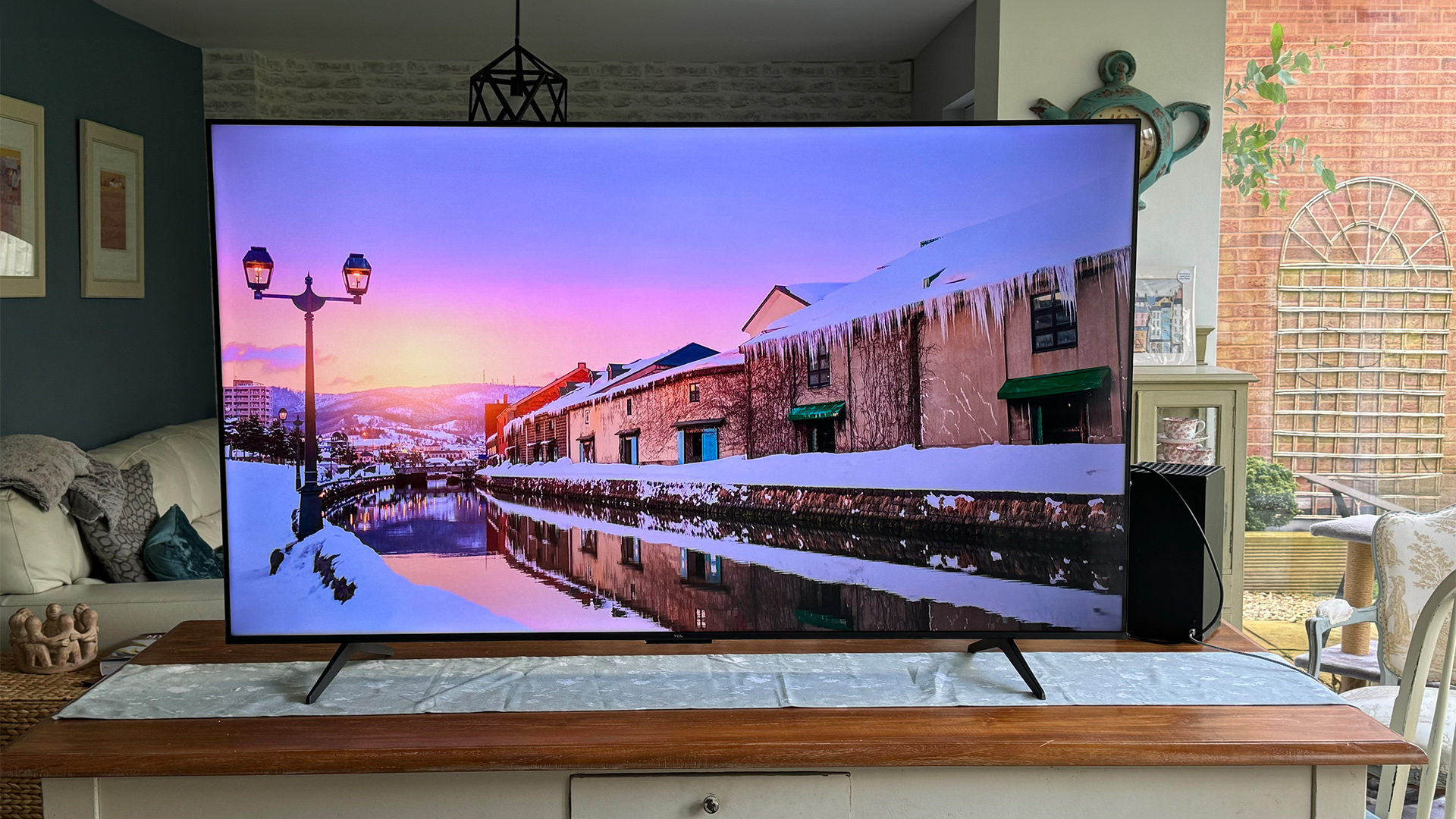
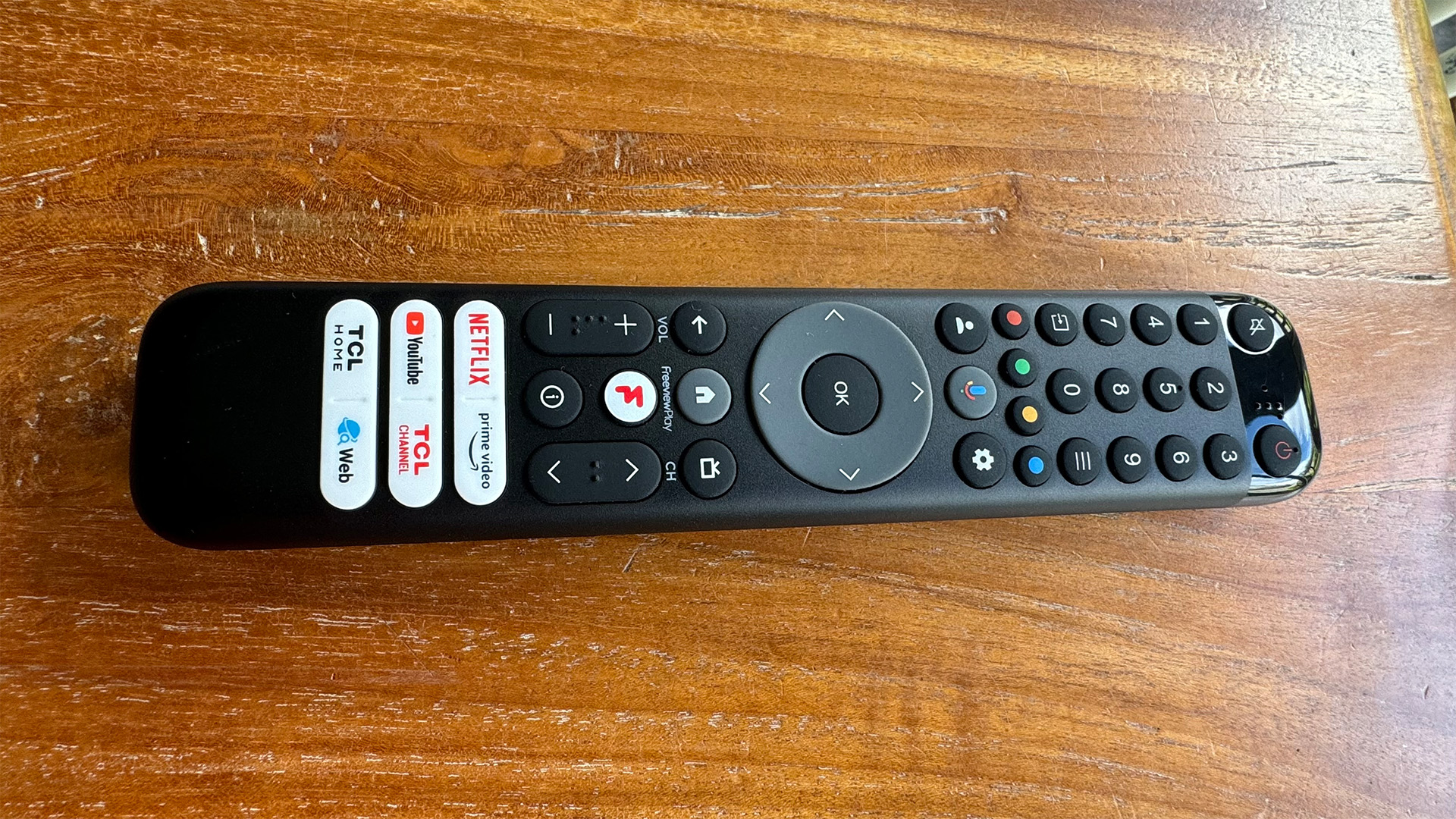
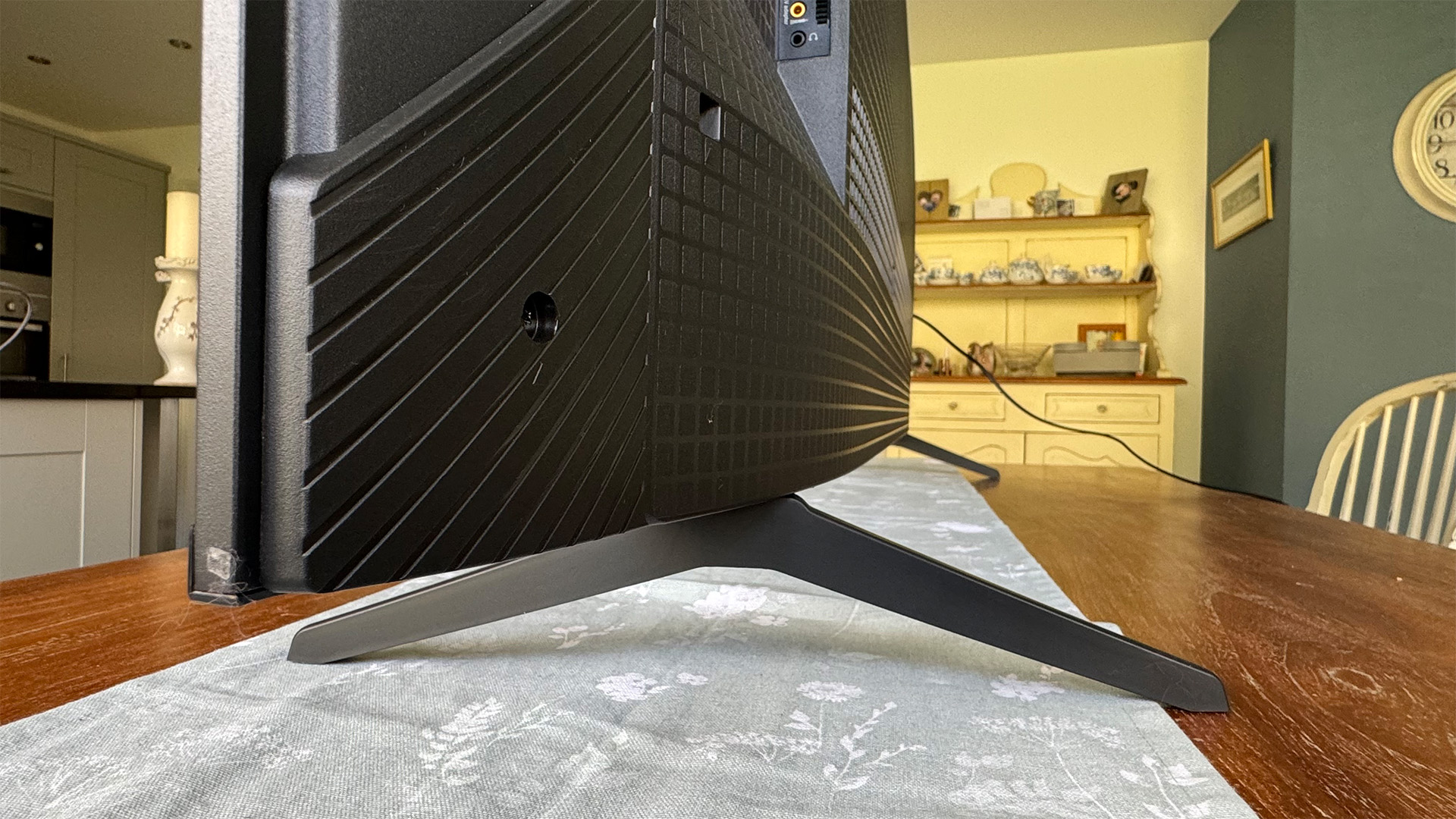
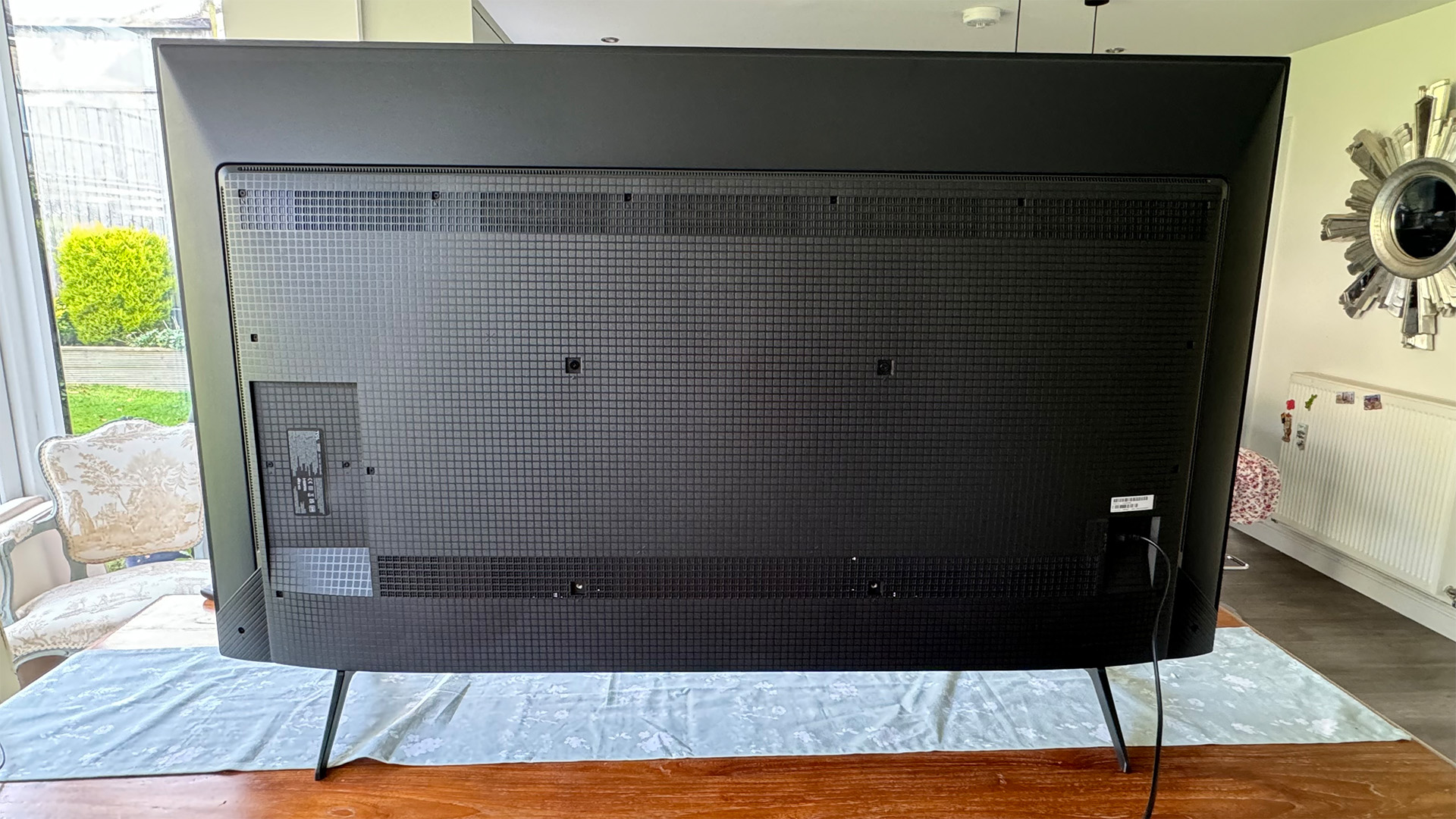
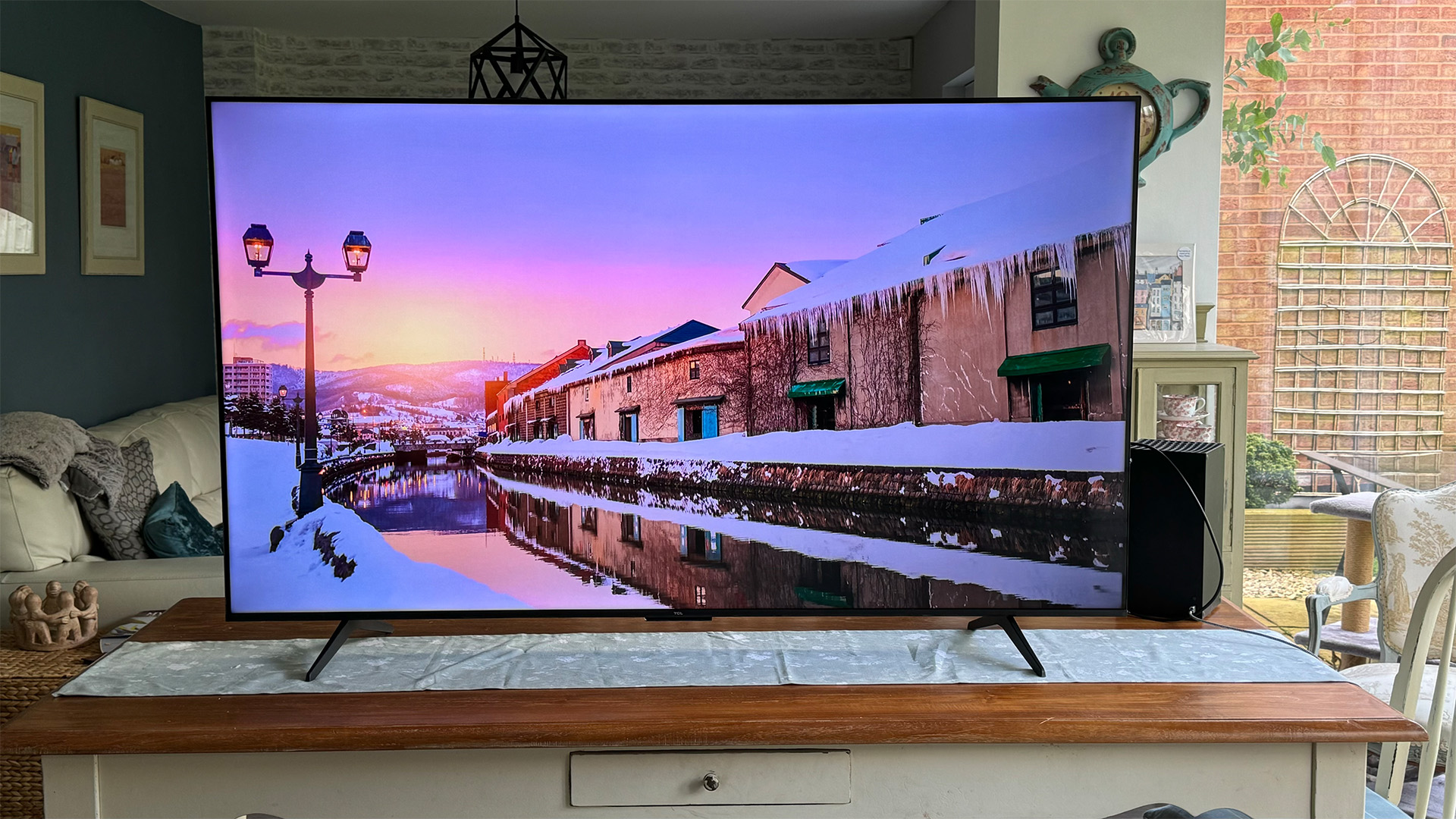
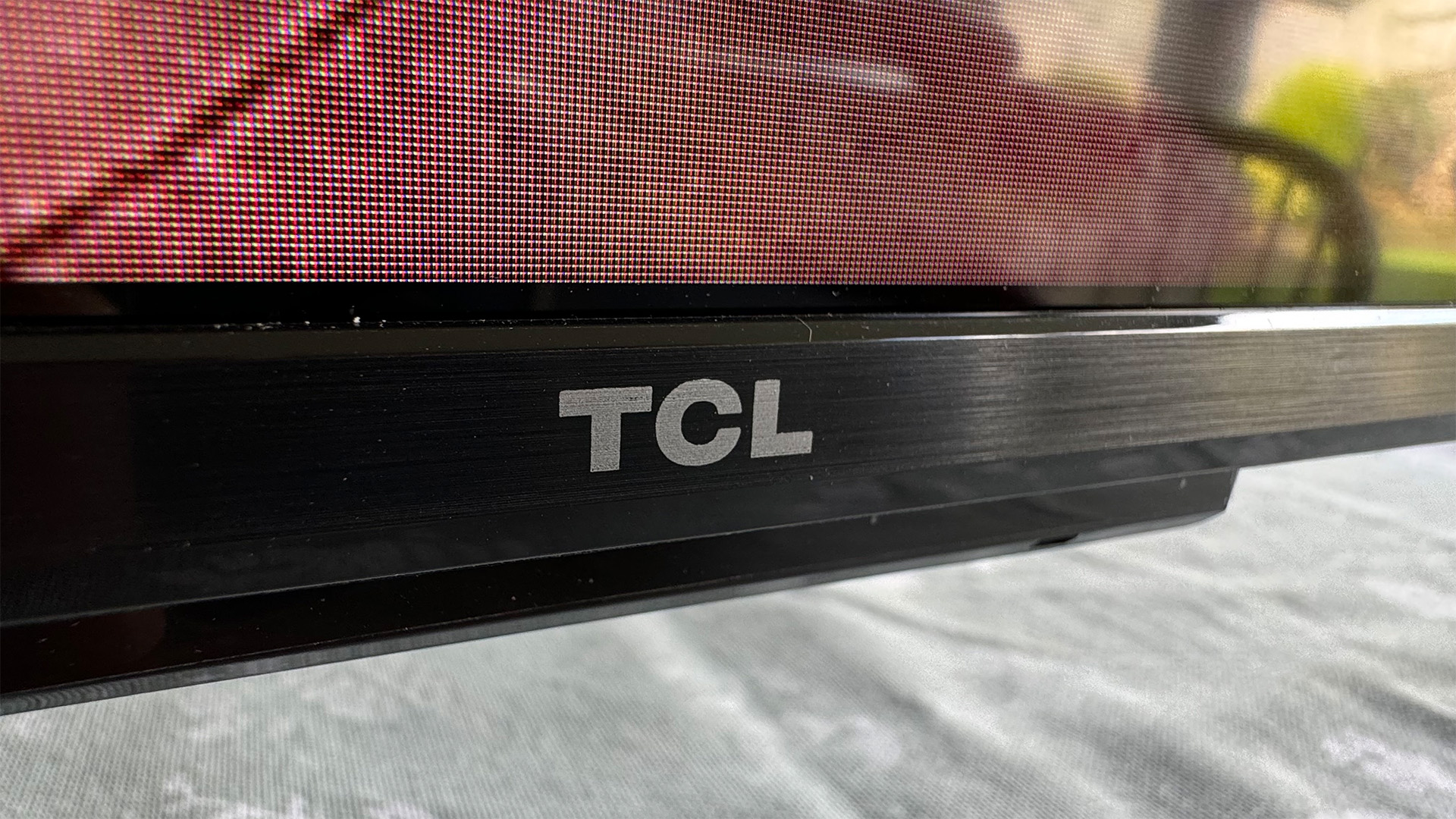
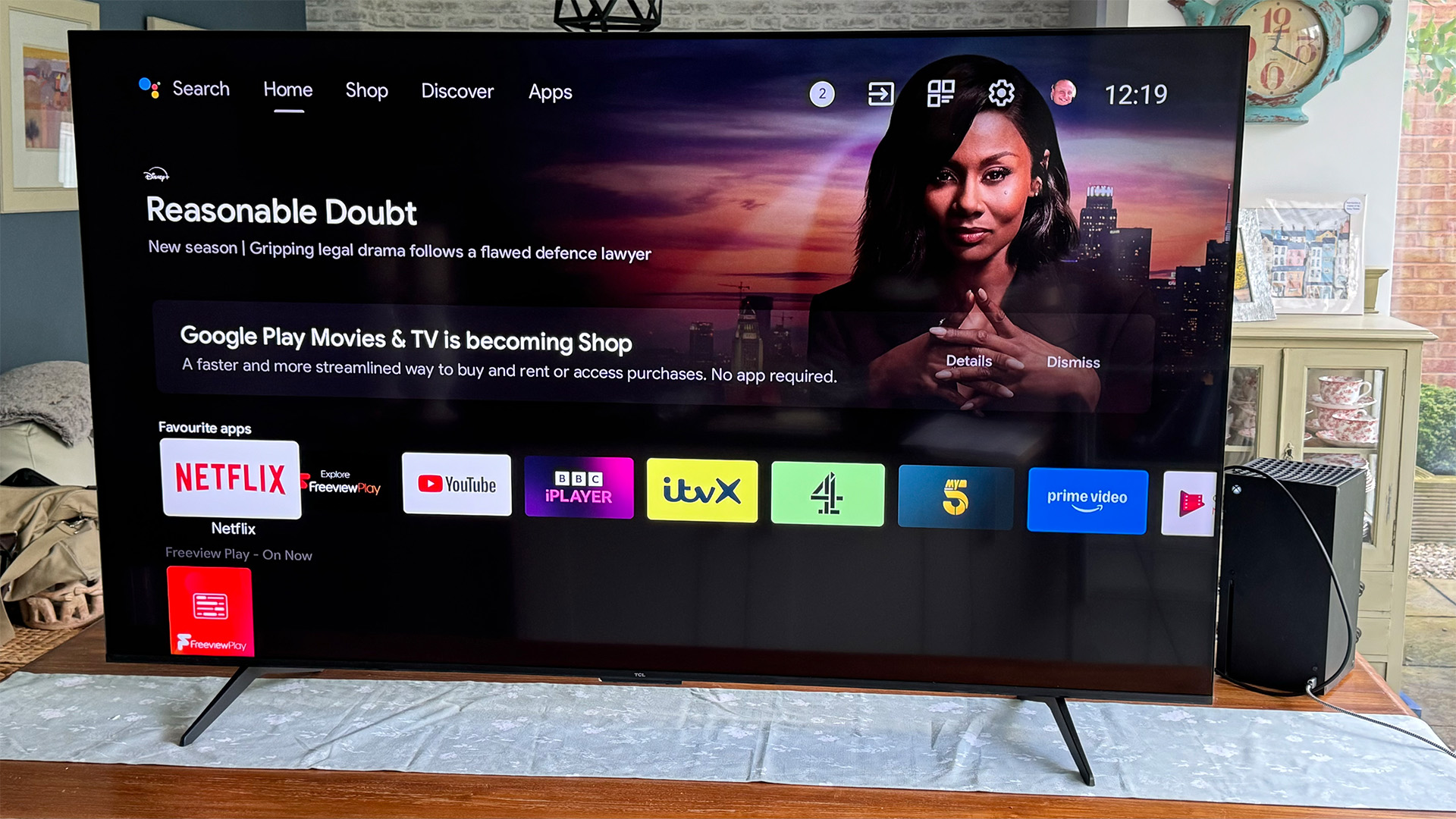
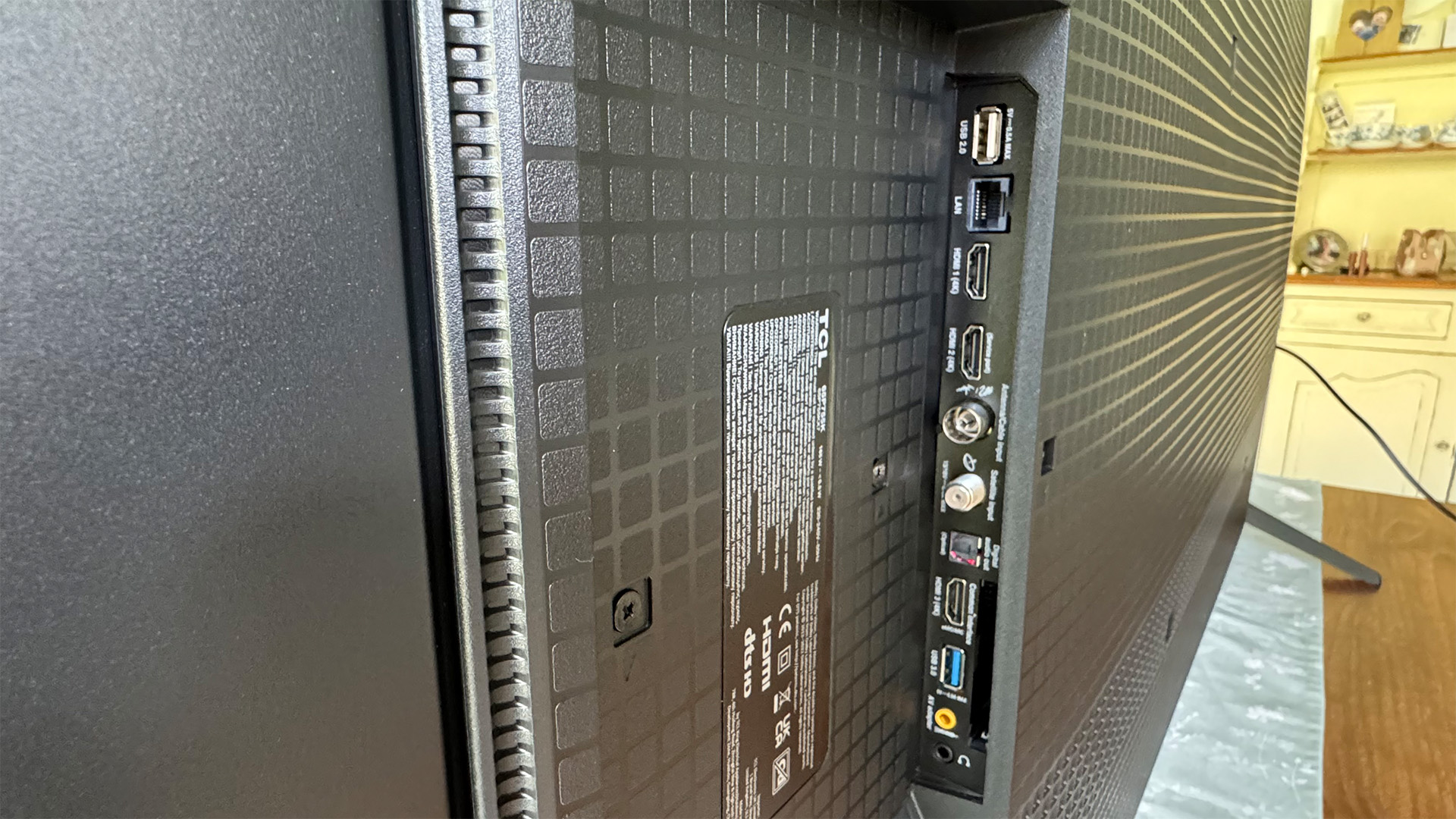
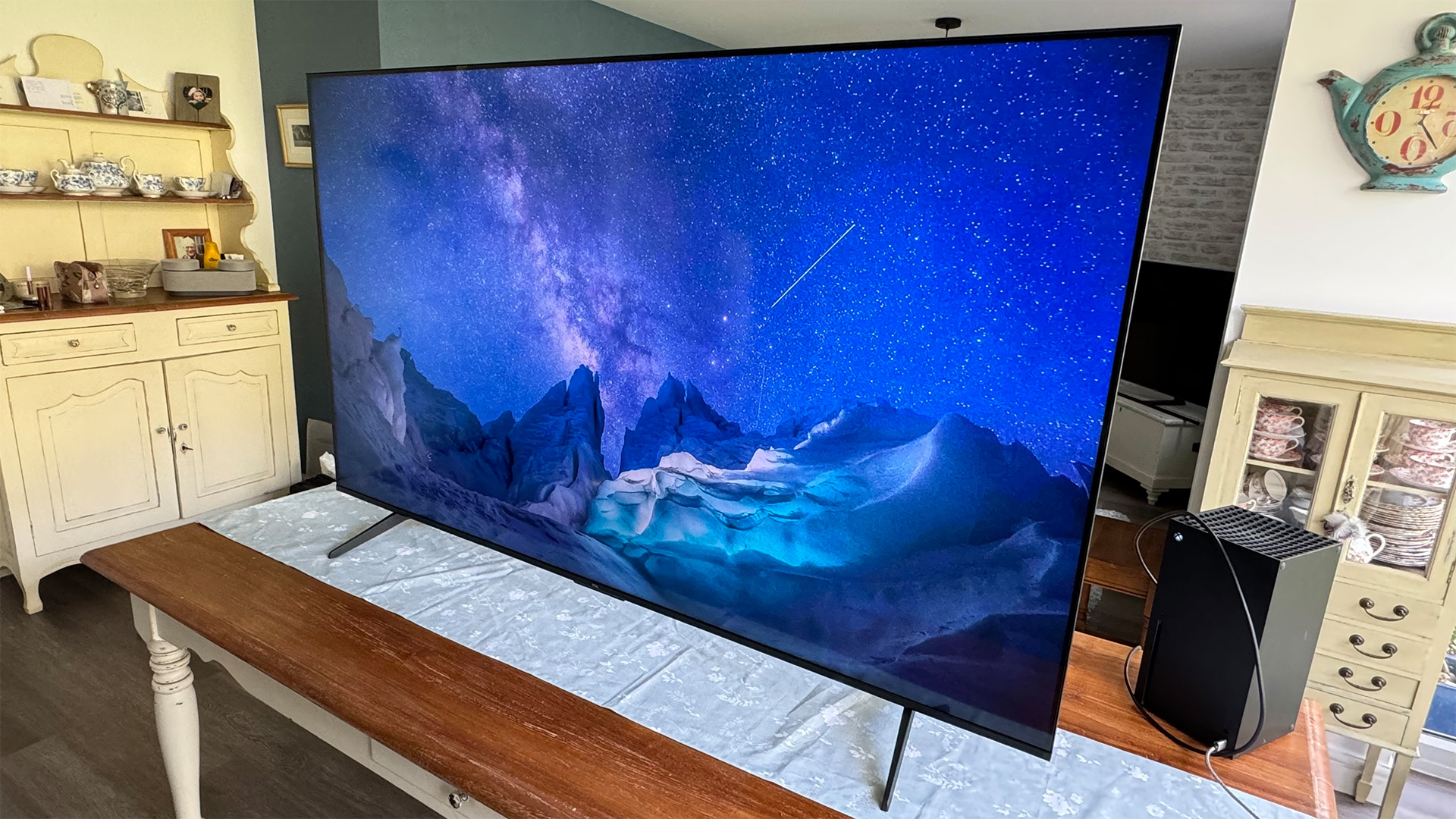
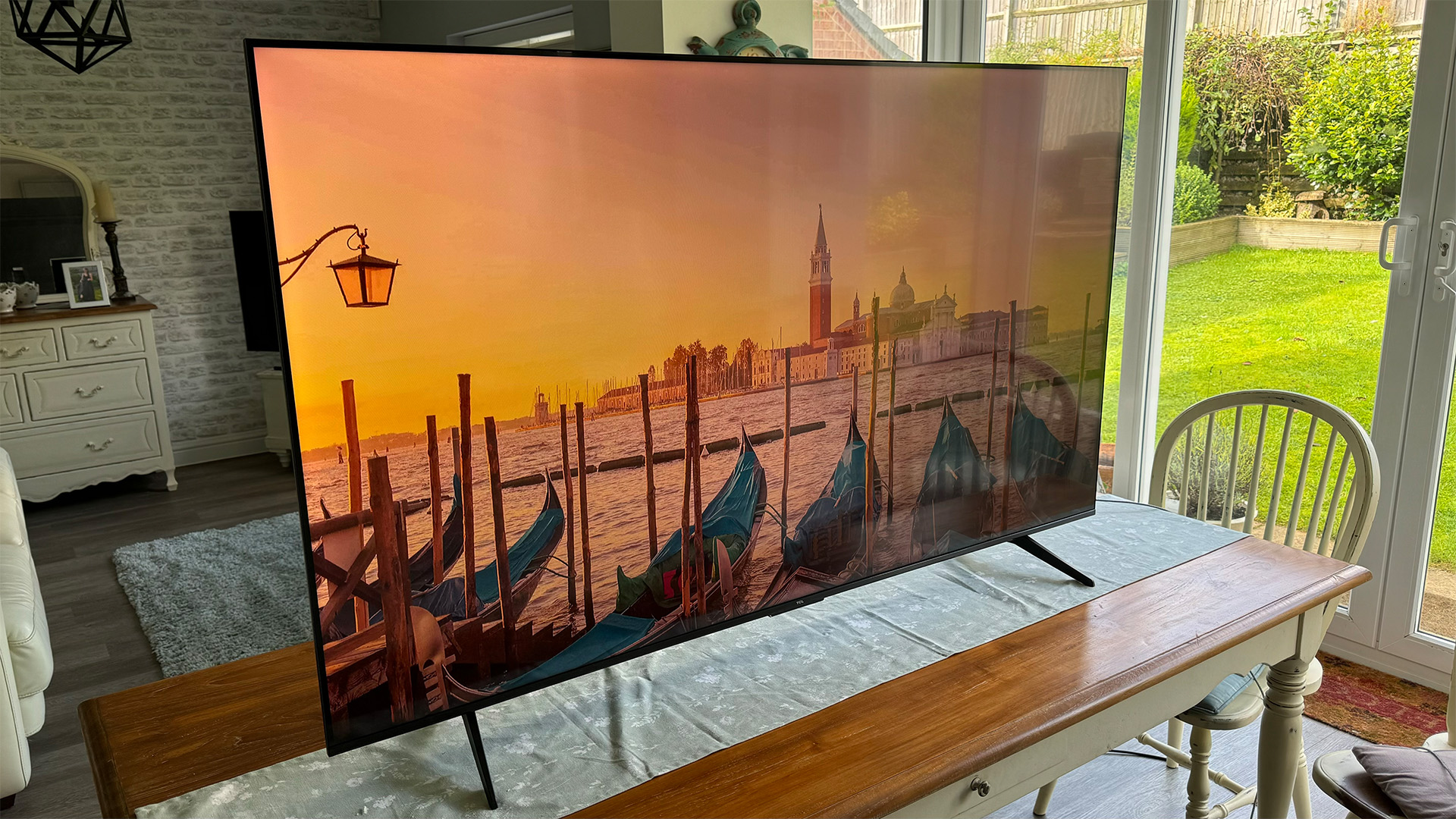
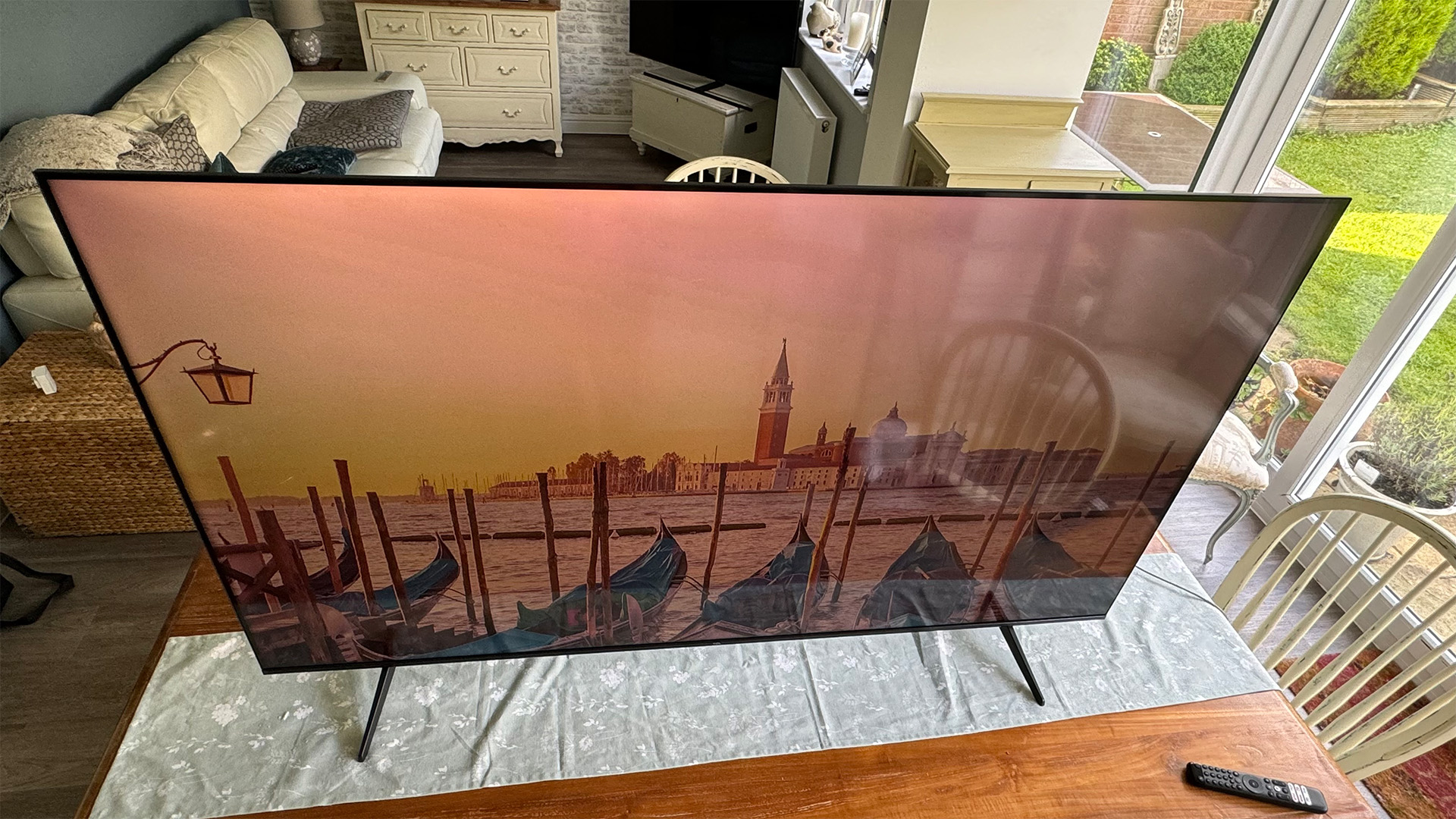
Specifications
Reasons to buy
Reasons to avoid
There’s a reason 65-inches is such a popular size for TVs – they’re big enough to offer a truly big screen experience, but not so big that they become the focal point of a decent sized lounge.
But, based on our decades of testing, they’re also the hardest size to find a good option for if you’re short on cash. Which is why the TCL P755K is such a stand out option for buyers on a budget.
At a technical level it’s impressive featuring robust HDR support for all the commons standards and solid gaming features including 120Hz, VRR and ALLM – which make it a fantastic option for people with a PS5 of Xbox Series X, which require these features to run at full speed. There’s also an eARC, so you can connect a Dolby Atmos soundbar to it – which we’d recommend doing as its sound, like all cheap TVs, is pretty poor.
But most importantly, the TV’s VA rather than IPS panel and direct LED lighting let it deliver one of the best pictures we've seen on a set this price that’s this big. We said as much in our review where our testers reported:
"Despite not using Quantum Dots, tones across the board look surprisingly vibrant – yet not to a degree that looks unnatural or gaudy. Maybe even more surprisingly for such a cheap TV, the engaging vibrancy doesn’t come at the expense of subtle shading, blending and tonal control. So colours tend to look balanced and natural, and they contribute to a good sense of solidity and depth.”
Read our full TCL P755K review
Best 43-inch
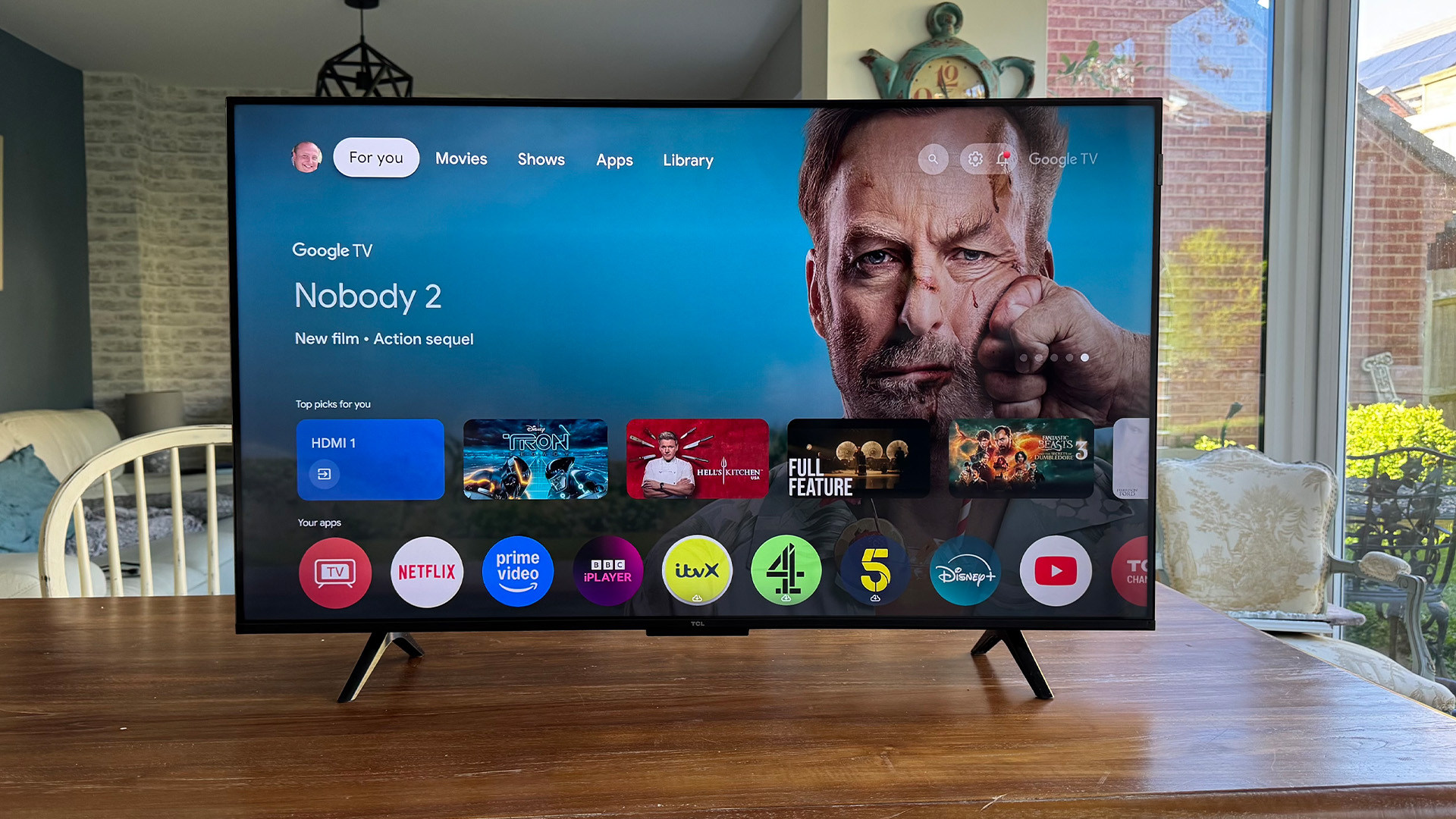
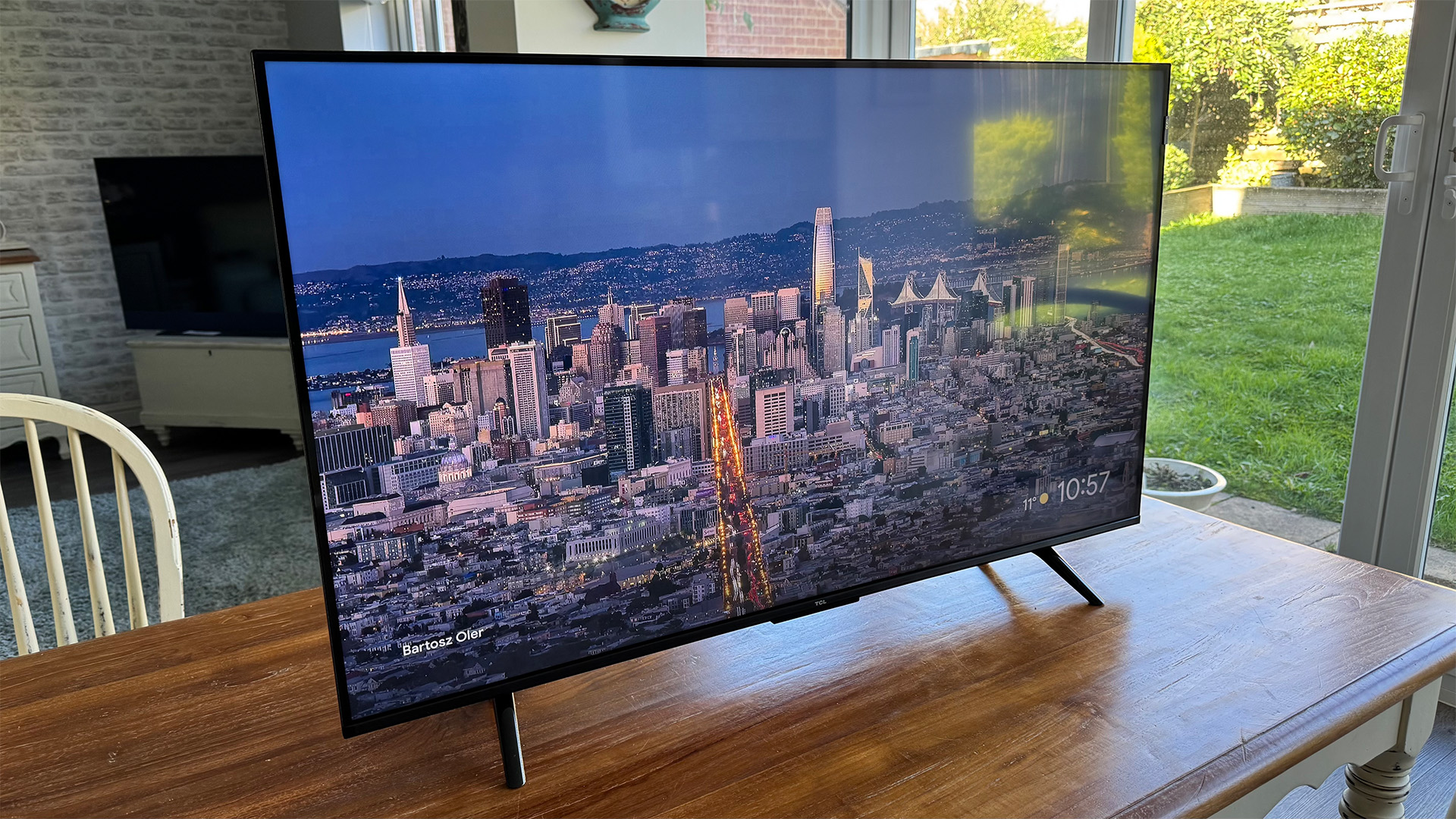
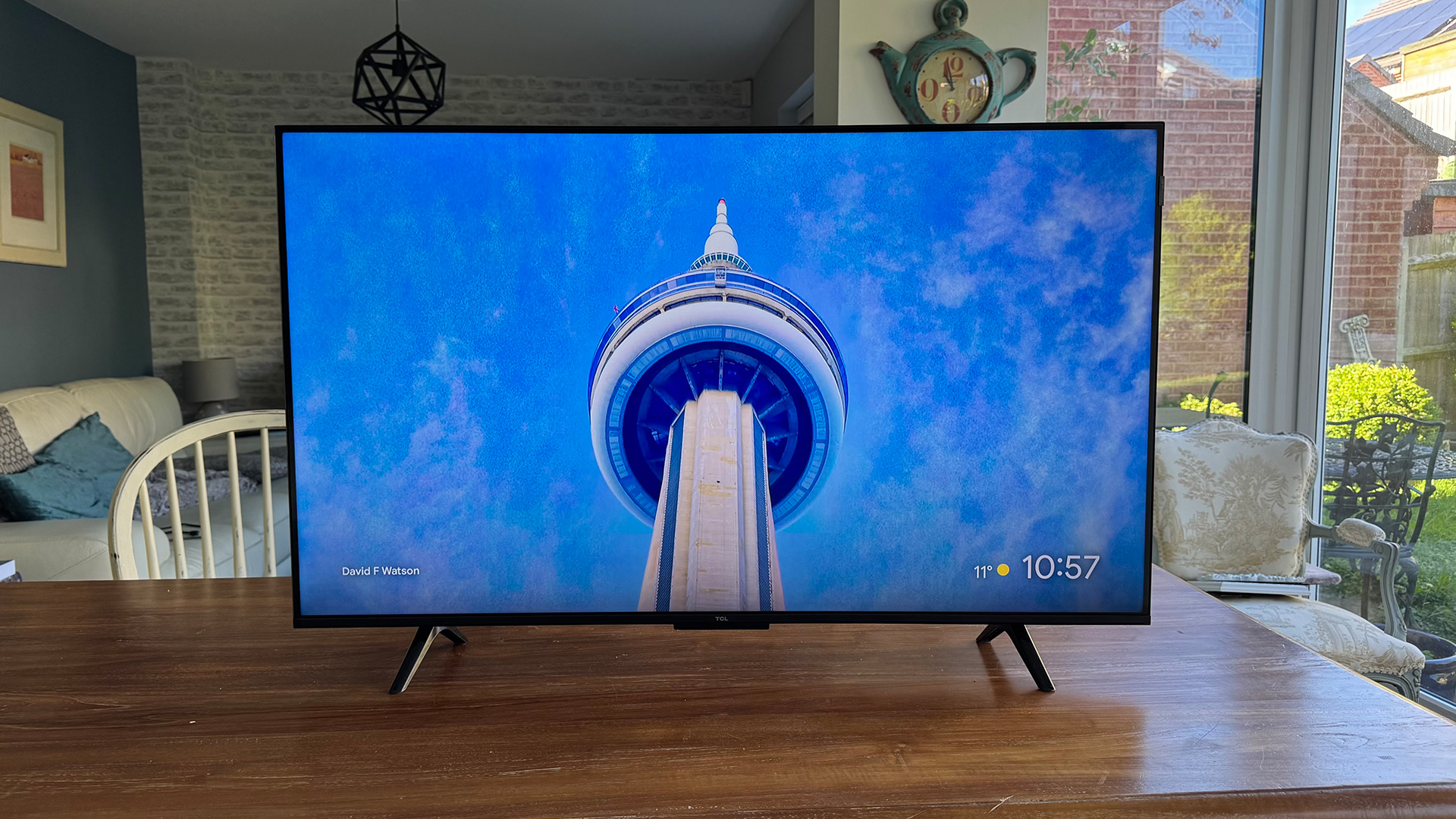
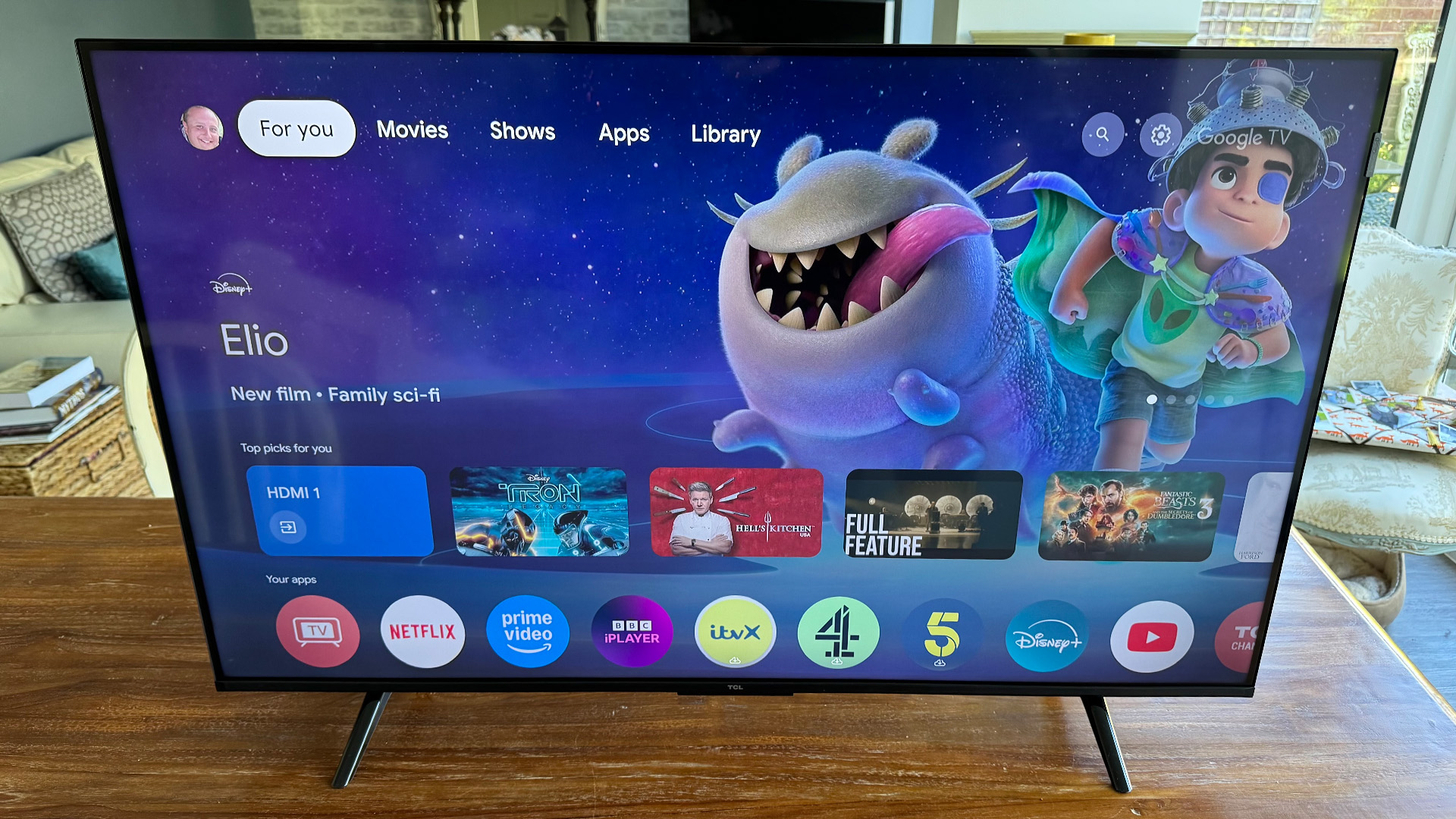
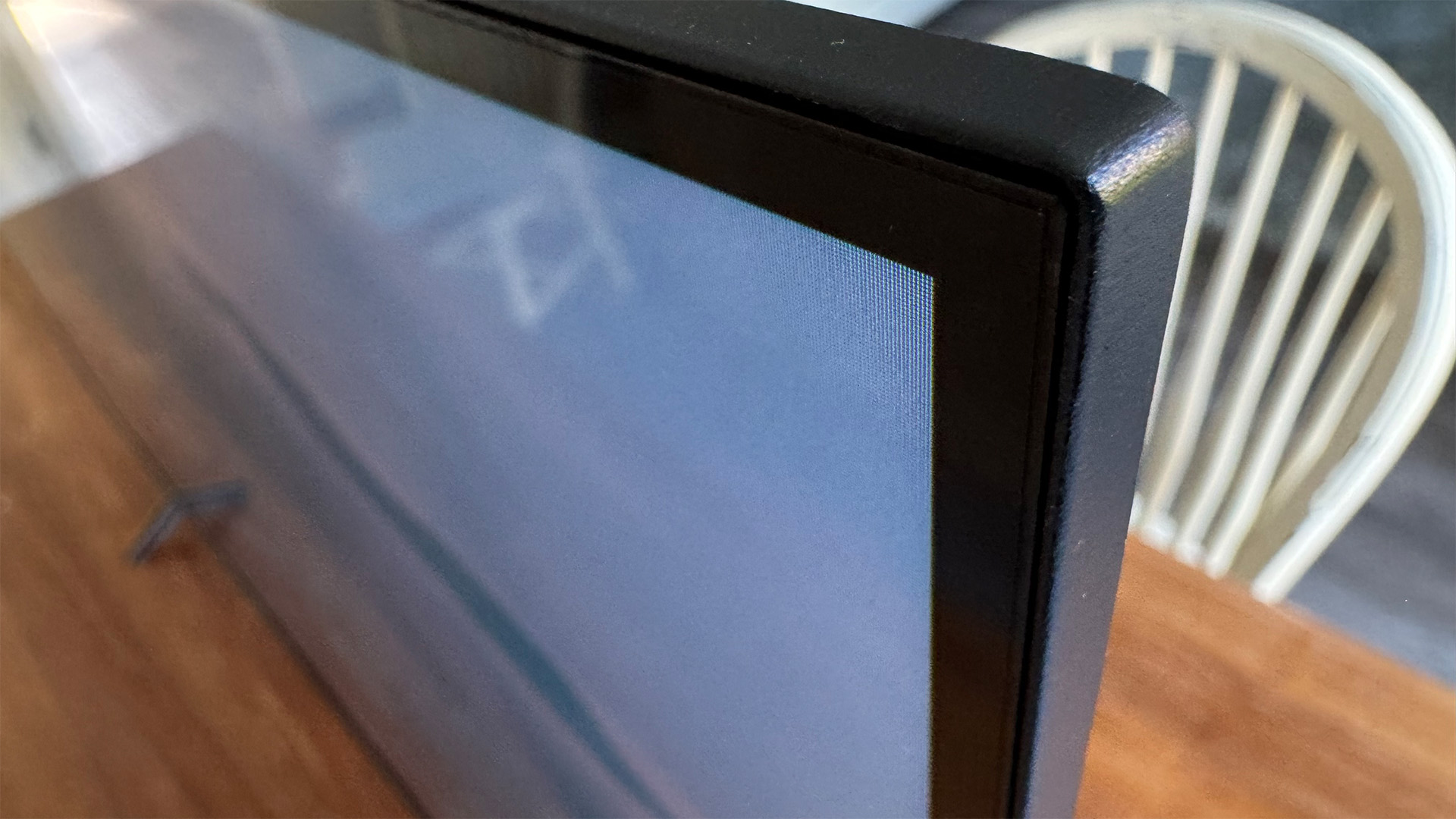
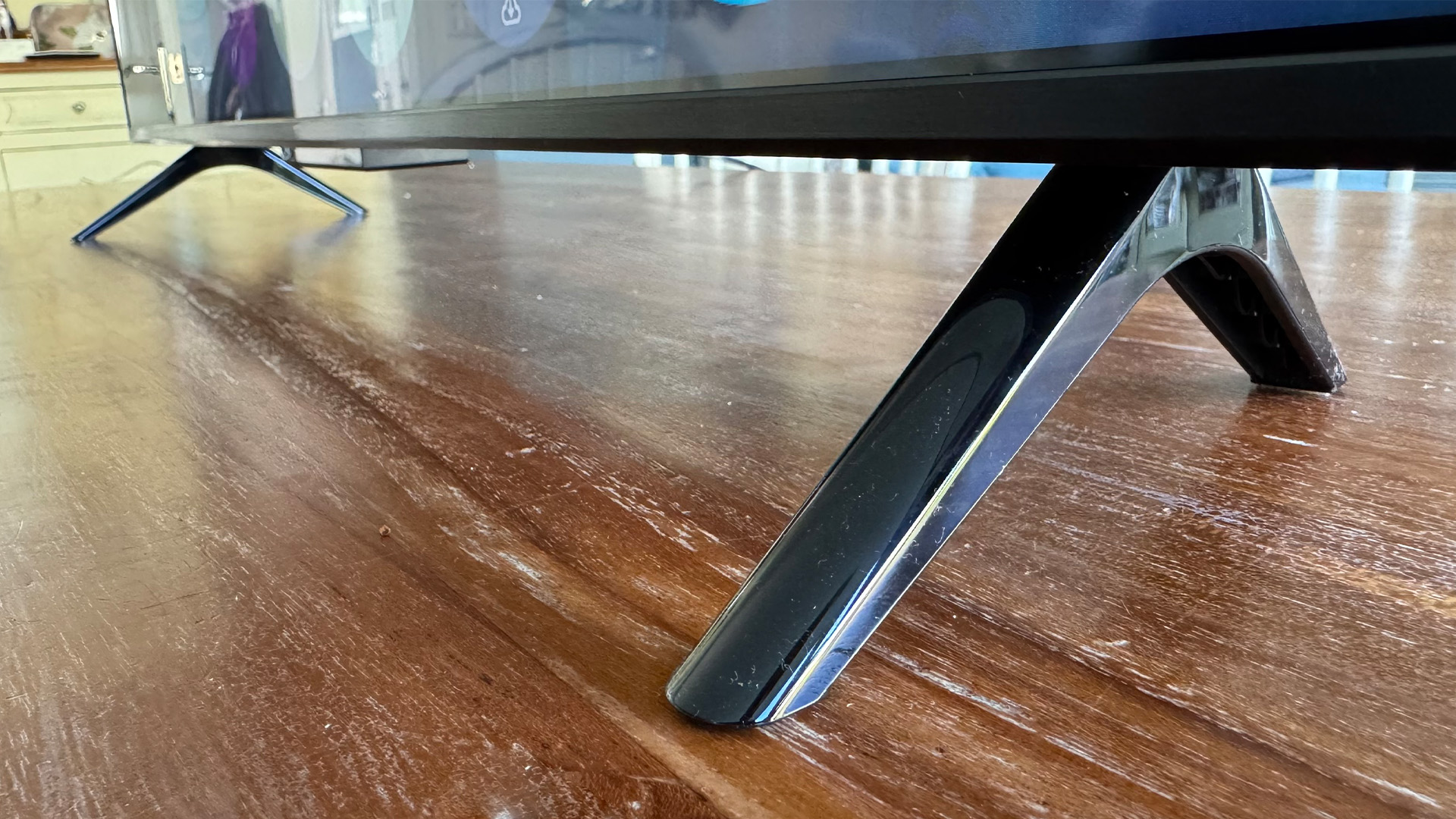
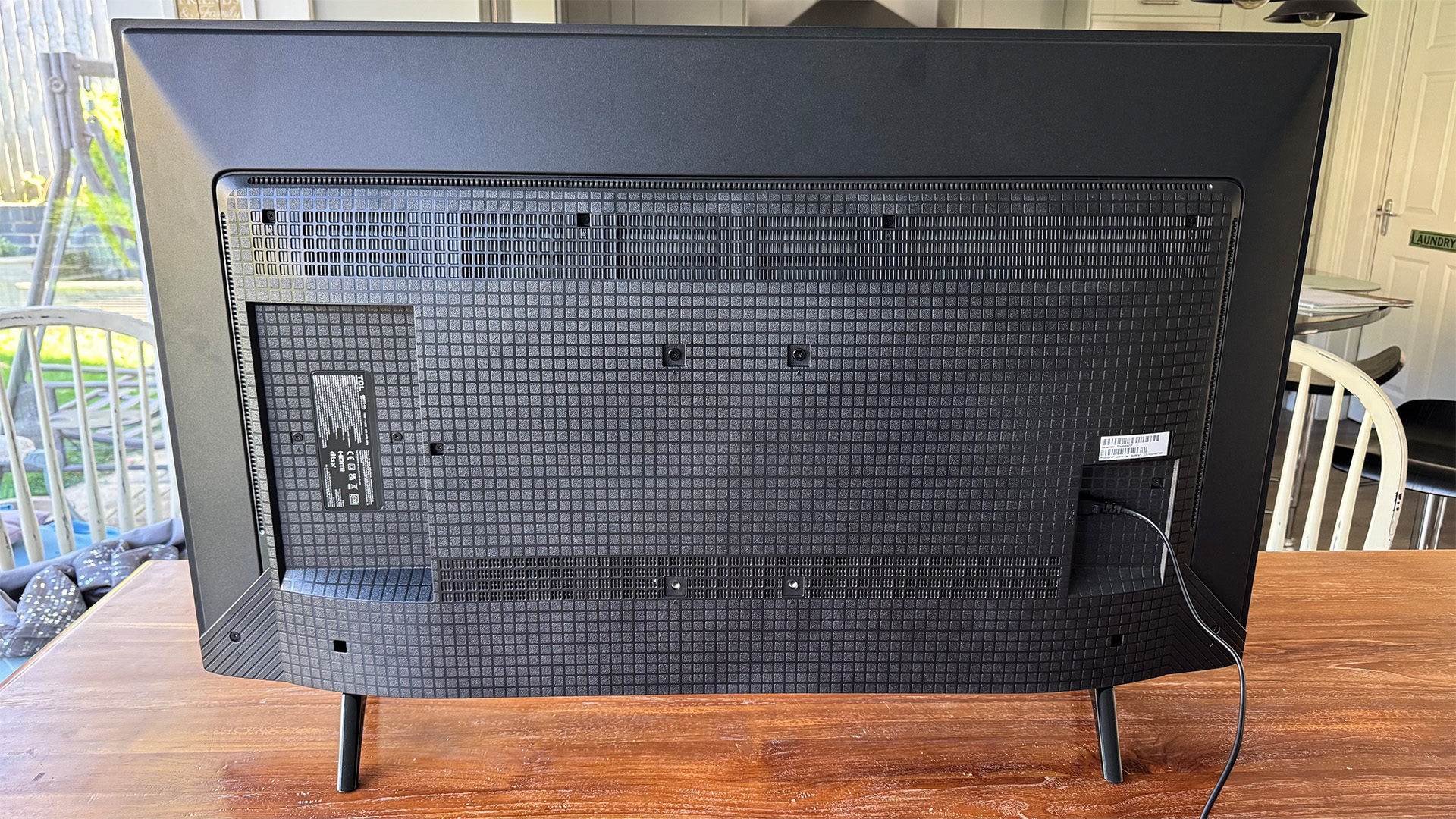
Specifications
Reasons to buy
Reasons to avoid
The 43-inch TCL P7K is here to prove that you don't even need to pay £500 to get a decent TV. In fact, you can get one for less than half that.
It launched at £269 / AU$799 (around $360), making it quite the bargain. We have seen it drop even lower which is even more tempting.
Although there is no Freeview Play or Freely app support, its Dolby Vision and Dolby Atmos support (as well as HDR10+ and HLG) make it stand out in the cheap TV market.
In terms of picture quality, the TCL P7K is far better than we would have expected from such a cheap TV. We say in our review that "the brightest HDR highlights enjoy some genuine intensity, too, and there’s a surprisingly high level of general brightness with HDR content that floods the whole screen with light."
It also manages to deliver some seriously impressive sharpness and detail with native 4K sources, thanks to the way TCL’s screen avoids the lost resolution over moving objects that is such a common feature of budget TVs.
It's not perfect, of course. Viewing angles are quite limited before colour and contrast start to be affected as well and while most aspects of the AiPQ processor work quite well, the set isn’t the best upscaler. Still, for the money, this is a good picture performance.
On the sound front, the two 10W stereo speakers offer a surprisingly immersive sound that spreads the audio around the space relatively well. Voices do get pushed to the background a little, however, and action-packed scenes tend to sound a bit thin. For that reason we recommend budgeting for a soundbar or dedicated sound system to push your home cinema experience to the next level.
For the price, the 43-inch P7K provides a better overall package than really anyone has any right to expect at this sort of price.
Read our TCL P7K review
Best 24-inch
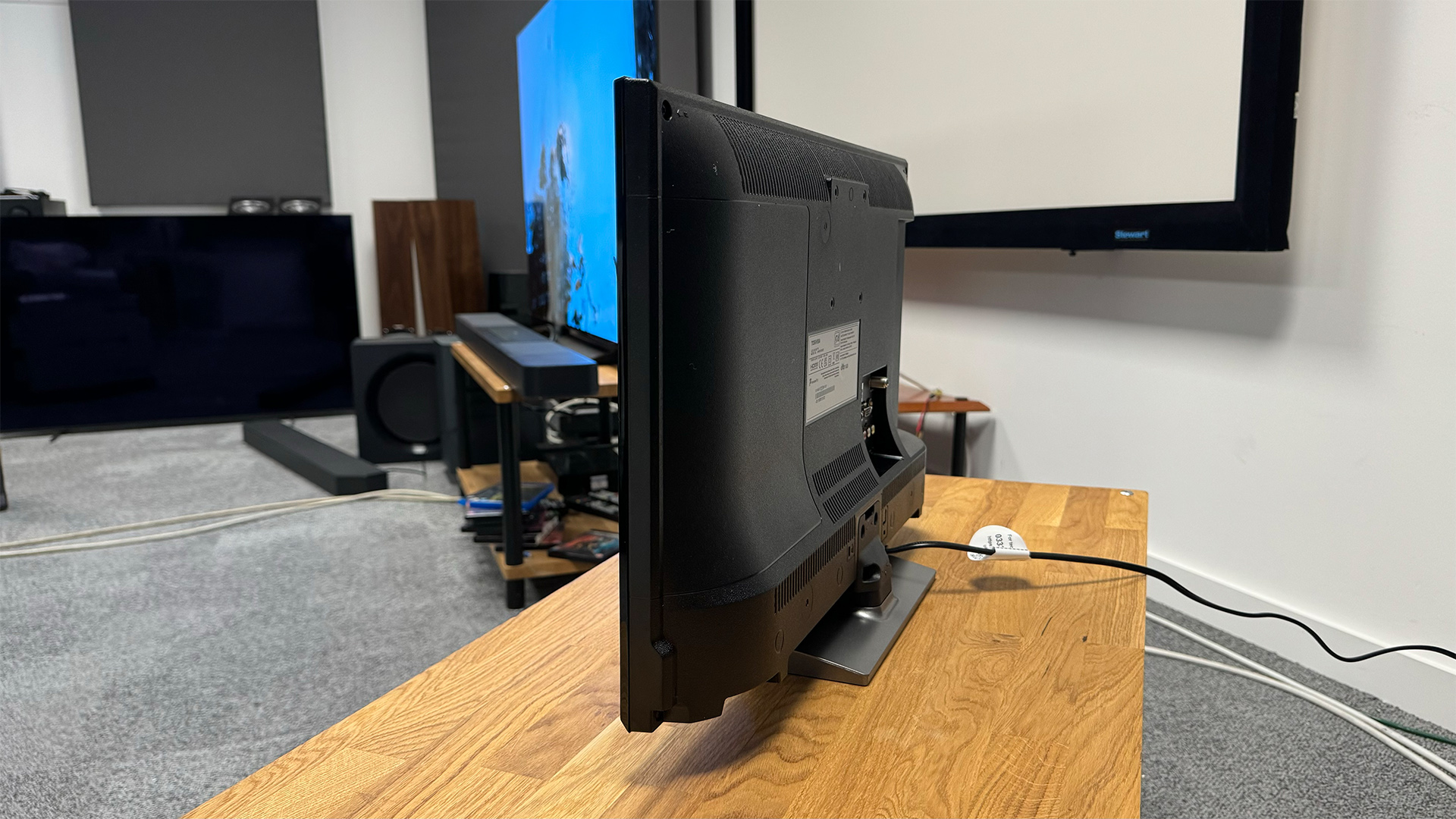
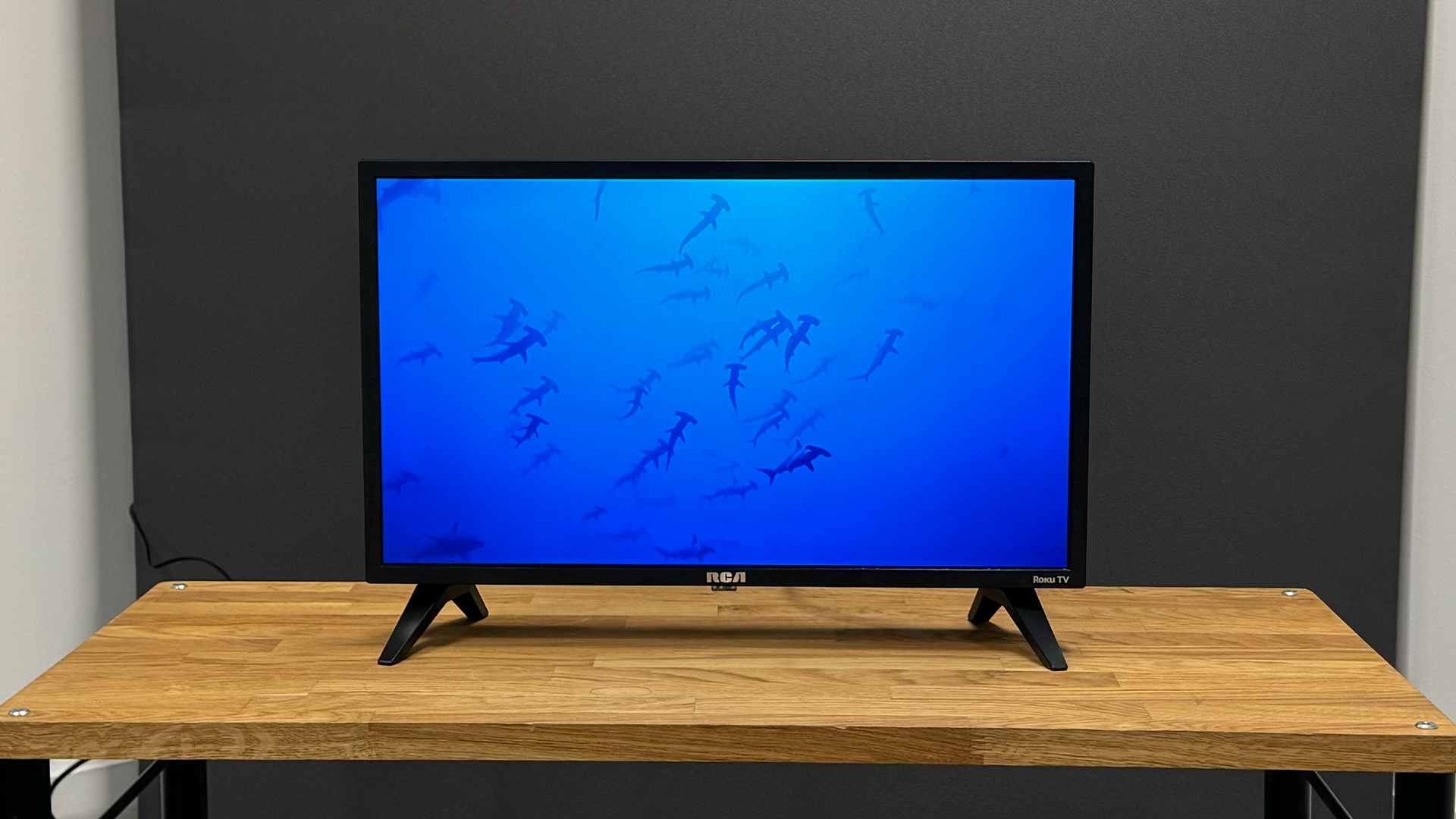
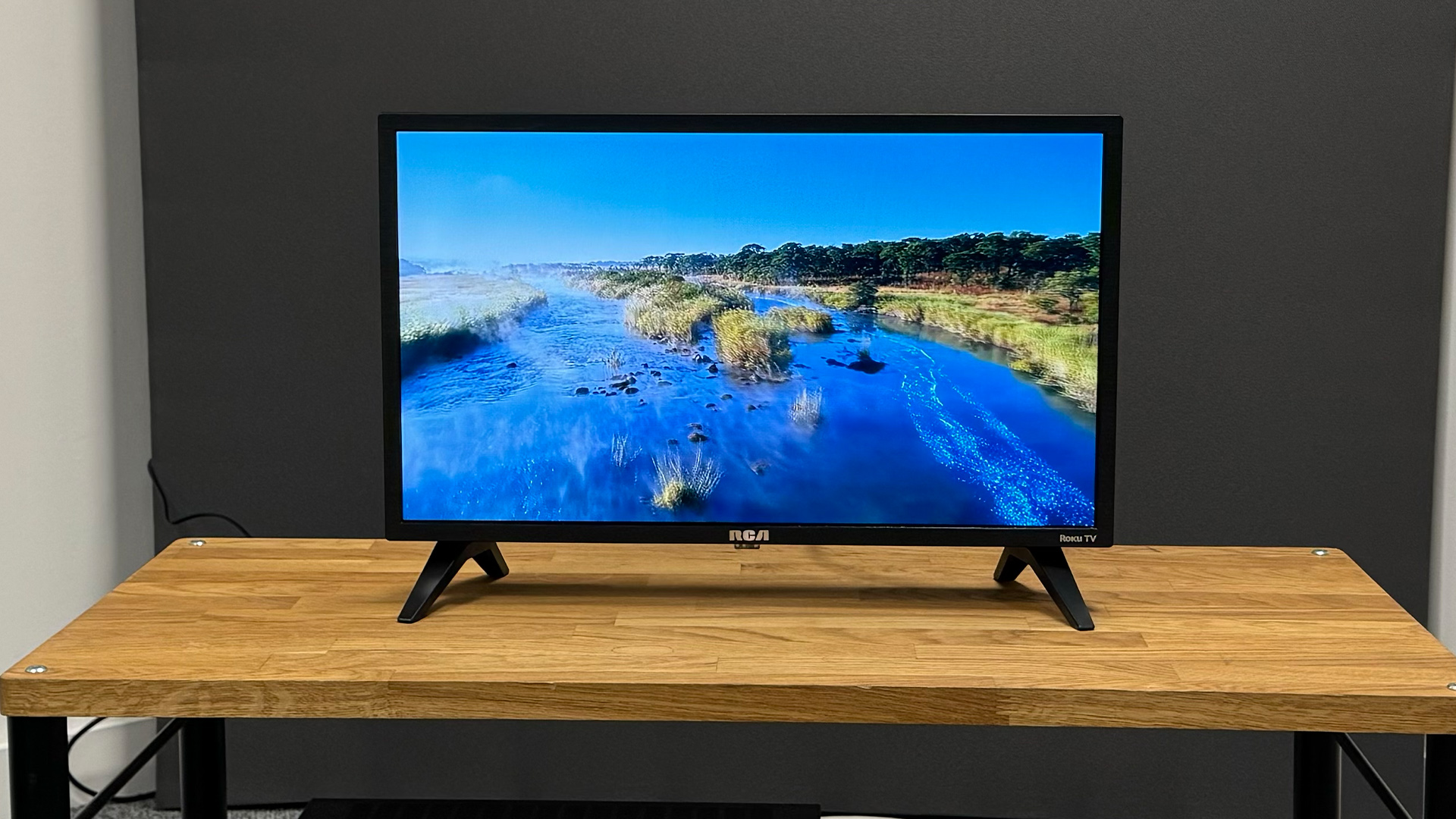
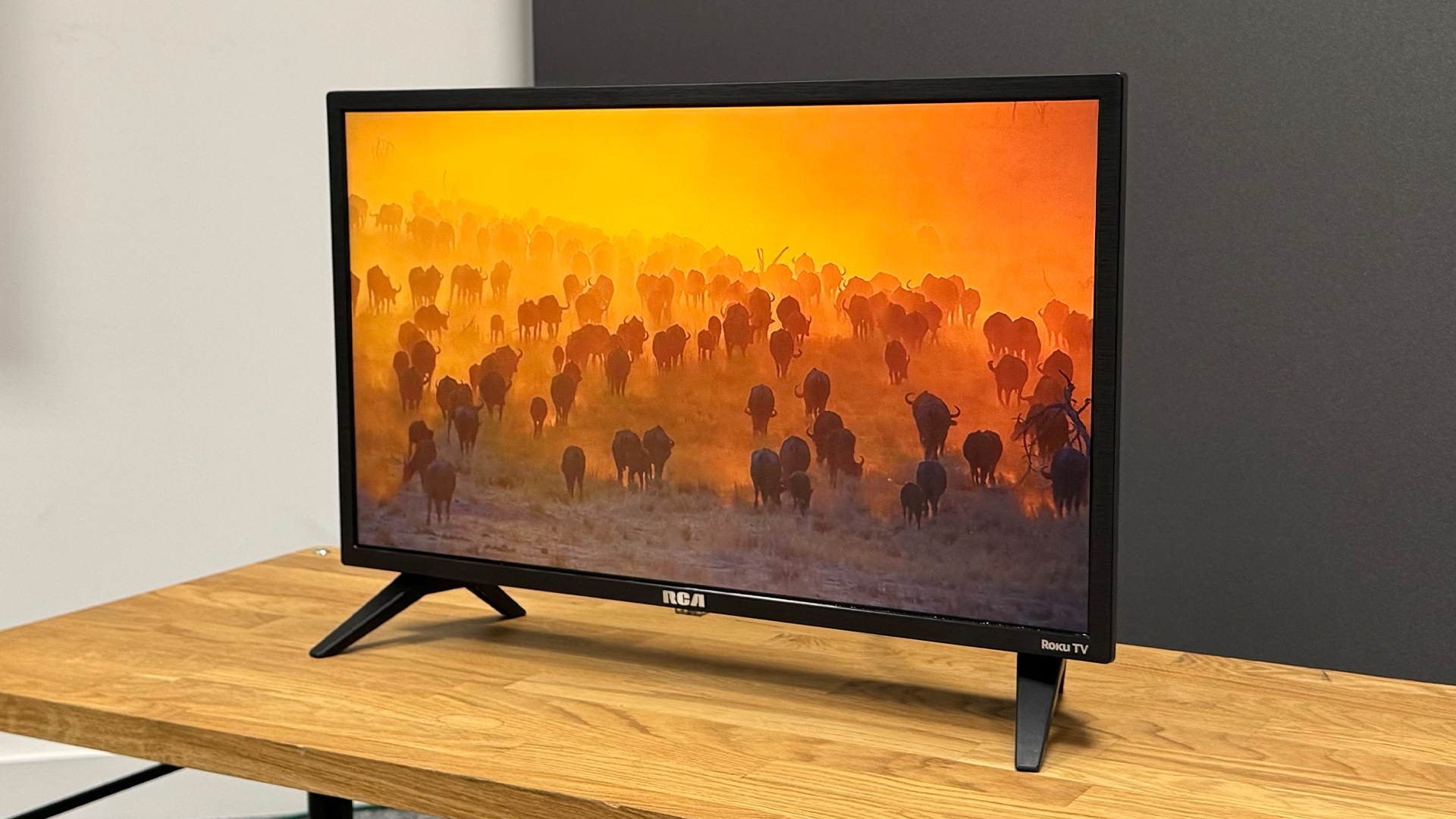
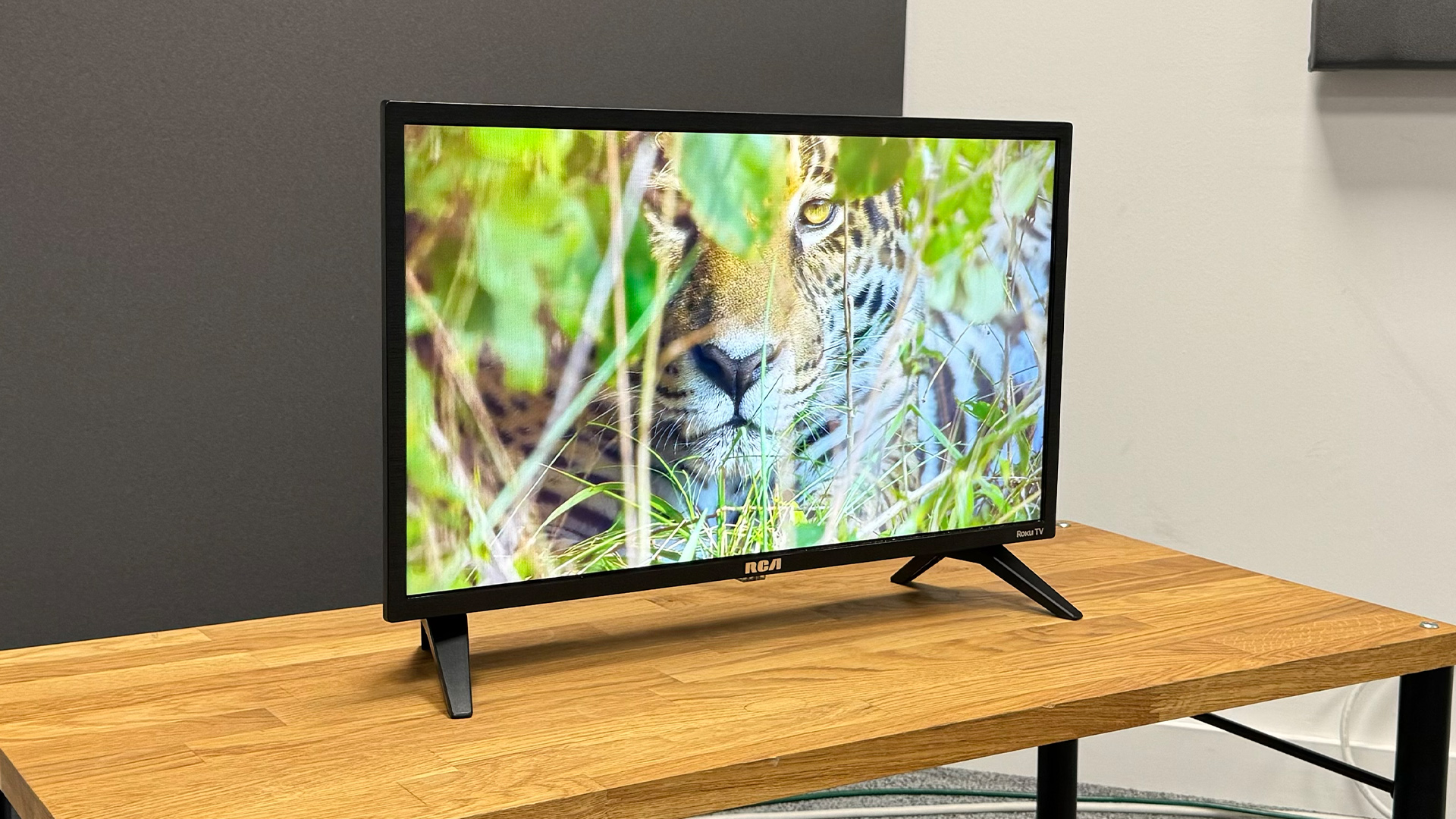
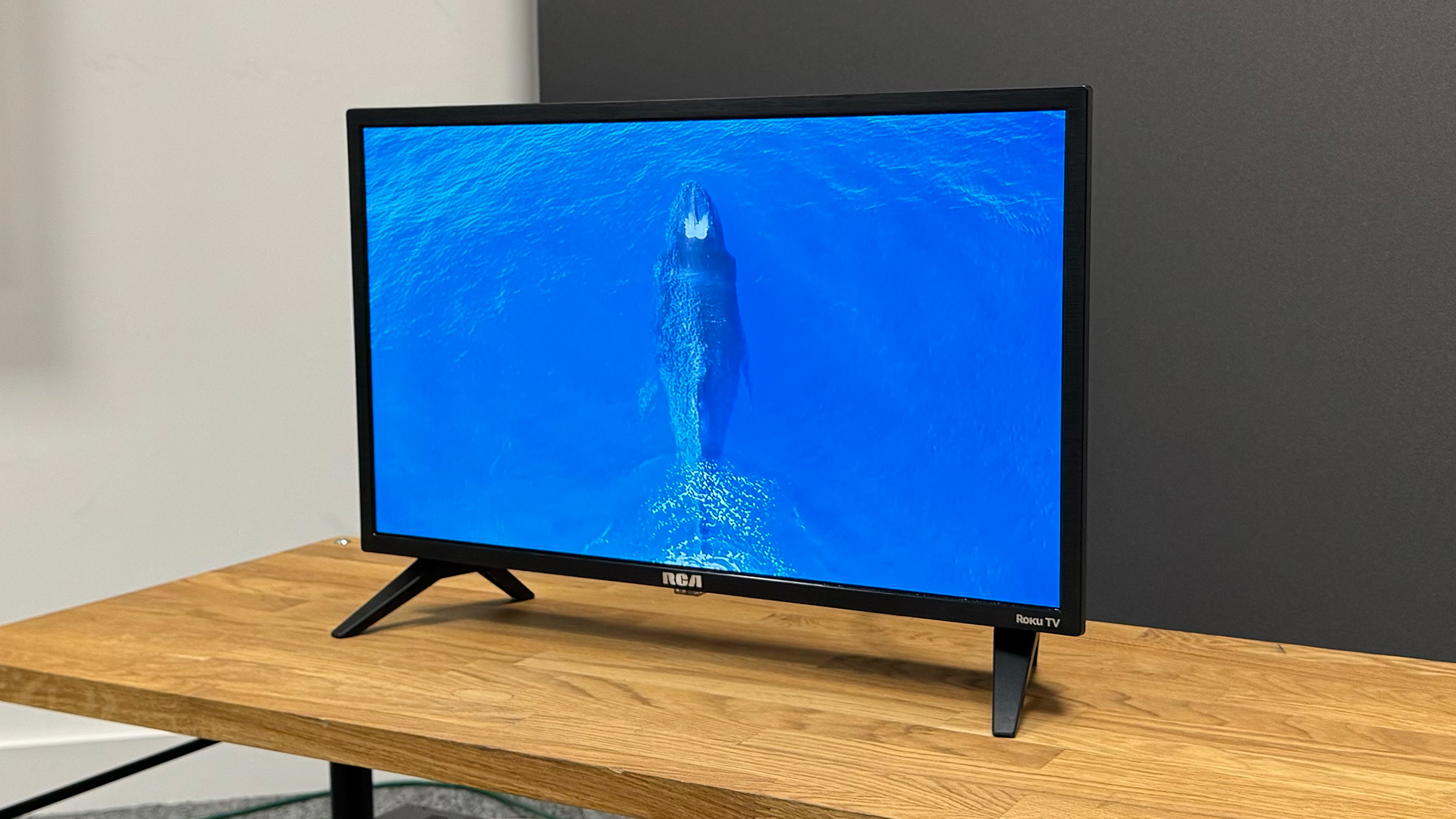
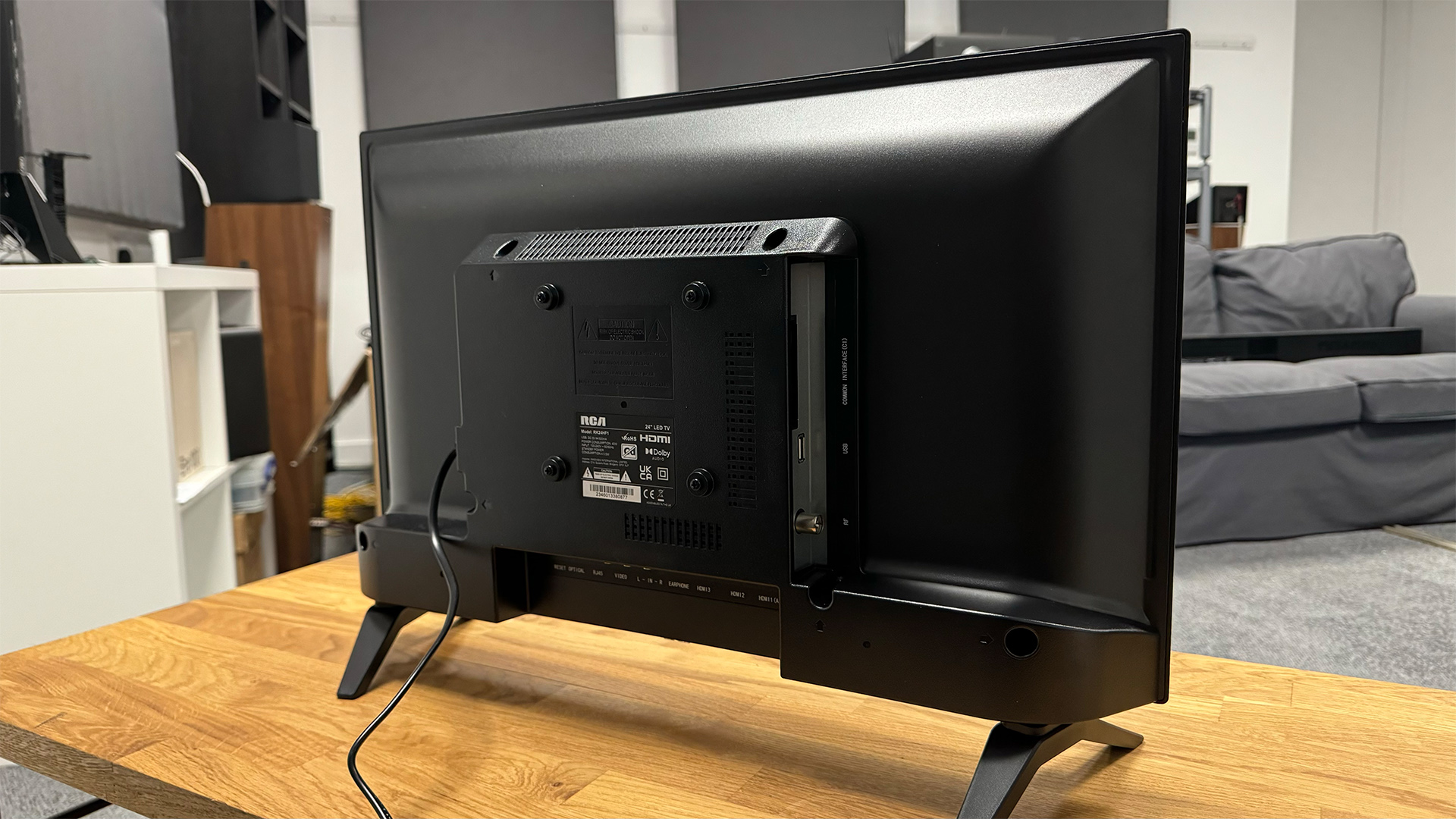
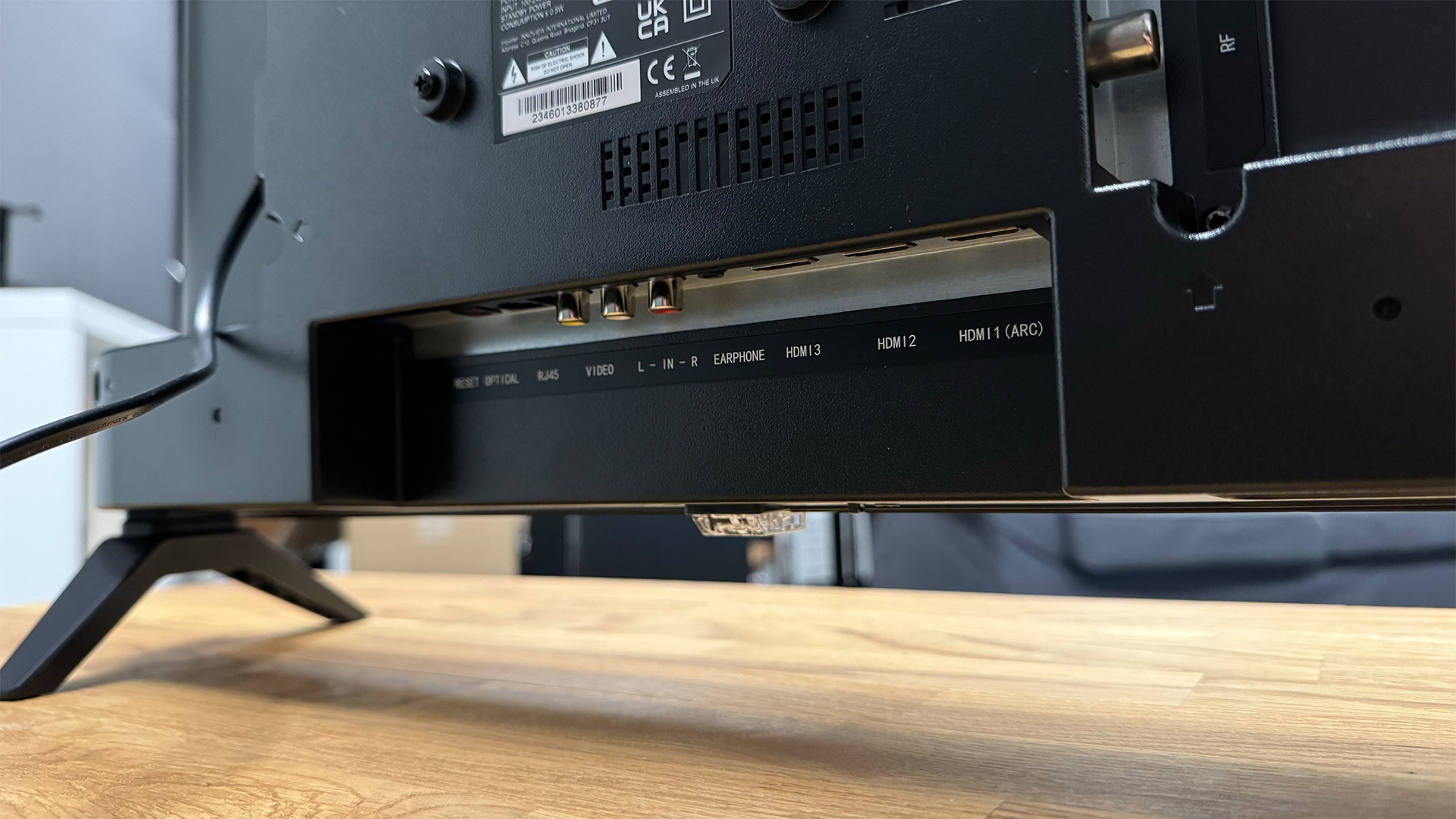
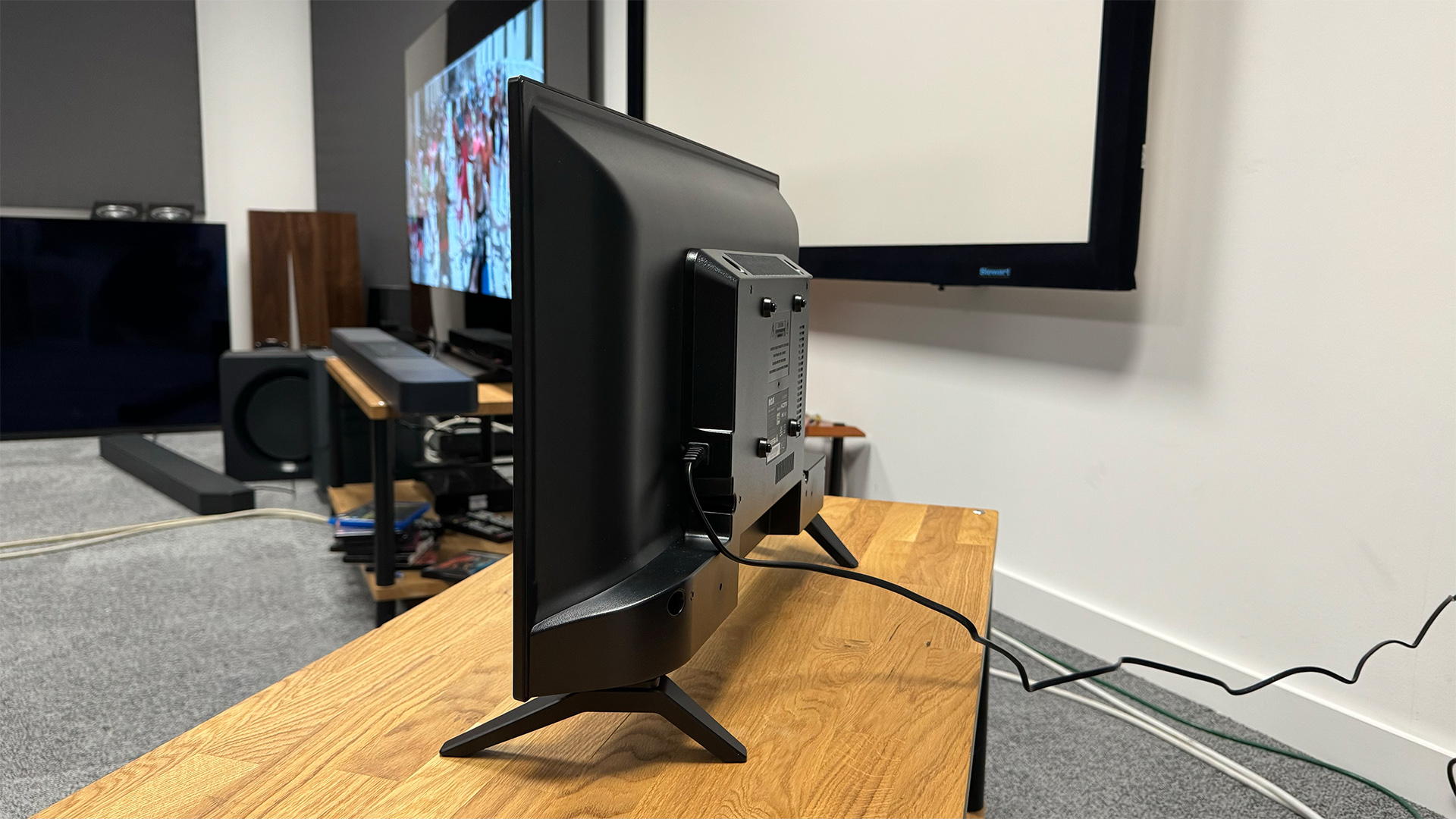
Specifications
Reasons to buy
Reasons to avoid
If you want an absolutely tiny TV for your kitchen or a smaller bedroom, where even 32-inches is a little too big, then we’d strongly recommend considering the 24-inch RCA Roku TV.
The tiny TV is fairly bare bones, featuring no HDR support and giant bezels. Its tiny speakers also undeniably struggle with even moderately challenging scenes, let alone our standard Blade Runner 2049 scene two, low-end stress test. But at this size, having tested as many 24-inch TVs as we could get our hands on we can safely confirm it’s the best you’ll get.
The Roku software means its got all the apps and smart features you’ll need for casual TV viewing while cooking or waiting to fall asleep. And despite its dinky dimensions and modest screen hardware the RC Roku TV is surprisingly bright and sharp, making casual Netflix viewing or catching up on the latest Bake Off episode a suitably pleasant experience. Hence our four star rating and conclusion:
“While its picture and sound are a touch too rough and ready to earn the RCA RK24HF1 Roku TV an unqualified recommendation, it picks its budget battles intelligently enough, with enough awareness of what most of its likely buyers will most want a 24-inch TV to do well. And this makes it, in the end, a much better bet than we’d expected it to be.”
Read our RCA Roku TV review
Also consider
- Amazon Fire TV Omni QLED 50-inch: The Amazon Fire TV Omni QLED 50-inch was our main recommended cheap TV for quite some time, before being dethroned by the TCL C6KS. And while we now feel the TCL’s brighter picture and better handling of dark scenes makes it a better choice for most people, if for whatever reason you don’t like the look of the C6KS, the Fire TV Omni QLED remains a fantastic choice.
- Bush UT24SB (50UT24SB): If the Amazon Fire Omni TV is too much and you want a 55-inch set, the Bush UT24SB is the best alternative we’ve tested if picture quality is your primary concern.
- LG B4: OLED TVs by their nature aren’t cheap – which is why there isn’t one on this list. But if you are determined to get one, the LG B4 has been known to drop down to just below £500 on occasion. Still, it's the cheapest OLED model we have tested and can wholeheartedly recommend at this price.
How we choose
Value for money is a key element we consider in our cheap TV buying advice. It holds more weight in this list than others on the site, given its focus on the affordable end of the TV market. We gauge this by comparing the TV with other sets in the same price bracket and creating a median gauge of what we expect it to deliver as a baseline in key areas.
Picture quality is the other main factor we consider, even when talking about cheap TVs. Though cheaper sets often come with performance compromises, including slightly grey black levels, less accurate colours and occasionally issues with backlight uniformity, we still expect them to offer a competitive, entertaining viewing experience.
Sound quality is another key area we check. TVs in general struggle to deliver audio on a par with a decent soundbar, let alone speaker system. If you see our best cheap soundbars guide you will see a selection of cost-effective options that can radically improve your movie watching experience, even when buying a cheap TV. But we still check every cheap TV’s speakers during our testing process, and expect them to deliver a listenable experience.
Features and gaming performance are the final big areas we check before recommending a cheap TV. First we check its app support to make sure it offers all the mainstream services most TV owners want – these include big name services such as Netflix as well as local streaming platforms, such as BBC iPlayer in our native UK. Then we look at connectivity, and gaming support. Most current-generation games consoles need an HDMI 2.1 connection to run all their features, so this is an important factor if you own a PS5 or Xbox Series X/S.
How we test
We test cheap TVs using a constantly evolving methodology we have spent over half a century developing.
As in all our reviews, we always do comparative testing. This means we always review TVs directly against rivals and similarly priced sets we think readers would also be considering, in controlled conditions. This lets us make direct performance comparisons based on our real-world experience running the sets against one another. We never rely on our testers’ memories when making performance comparisons between cheap TVs.
To further ensure accuracy, every TV we review is looked at and tested by multiple members of staff. We never publish a cheap TV review without at least two members of the team having looked at it and compared notes.
Using this methodology we test picture quality by setting the TVs up side-by-side and splitting the signal using our reference AVR. We then test the picture at various qualities and HDR standards using an ever-evolving library of test 4K Blu-rays and shows/movies on streaming services. We update the specific titles used to ensure we reference the latest movies and TV shows people are watching at the time.
We also tailor the movie choices to test specific aspects of the TV's picture quality. We may use a scene mastered at an atypically high nit count to check maximum brightness and contrast, for example. Similarly, we would then use a very dark scene to test shadow detail and black level.
We do the same when testing audio. For example, we would use a very bass-heavy scene with rhythmically complex audio to test a TV speaker’s low-end performance and to see if it is prone to common problems such as distortion – a problem we often encounter on cheap TVs that makes them sound horrible at even moderately high volumes.
We check app support by checking the TV’s store and running through a list of services we expect it to offer. We then install all the supported services and check that they run all the HDR standards, resolutions and audio formats they should.
To test gaming performance we test the TV with a current generation Xbox Series X plugged in. As well as checking support for things such as VRR, ALLM and HDR performance we also measure input lag. The latter is a key issue that impacts how reactive the TV is to incoming commands from a controller.
Latest updates
- Updated 18th November 2025: TCL P7K added as best 43-inch TV.
- Updated 24th July 2025: Sharp GK4245K (70GK4245K) added as our recommended 70-inch affordable TV.
- Updated 11th June 2025: Hisense replaced with Sharp GM6245K for 43-inch category.
- Updated 3rd March 2025: Added updates to OLED section in FAQs.
- Updated 28th January 2025: Samsung replaced with TCL C745K after stock of the UE55CU8000 ran out.
- Updated 21st November 2024: TCL P755K and 24-inch RCA Roku TV added as entries.
- Updated 25th June 2024: TCL 32SF540K added as the 'best 32-inch' and Toshiba 24WK3C63DB added as the 'best 24-inch' models.
- Updated 24th April 2024: Updated with new intro and Amazon Fire TV Omni QLED copy to reflect changes in the industry and reference our experience comparing the TVs to new models we've reviewed. How we test and how we choose sections updated to include minor revisions to our review processes.
FAQ
Are you testing any new cheap TVs?
We tend to review cheap TVs in batches and base the ones we pick on a variety of factors. But to be considered the set needs to retail for around, but ideal less than £500 / $500 and be easily available to buy from mainstream retailers. We’re planning on getting a fresh batch in for review in the coming months to make sure our advice is as up to date and accurate as possible ahead of key shopping events, the nearest of which is Amazon Prime Day. If there’s a set you particularly want us to check out and add to our review pile, get in touch on social media, or using our shared whathifi@futurenet.com email address.
Are there any cheap OLED TVs?
OLED TVs are gradually coming down in price, especially if you’re willing to buy an older model. During sales events, including Prime Day and Black Friday we have seen top OLEDs drop in price by multiple hundreds. We even recently saw a big price drop on the LG B4 where it dipped to just below £500, but that was short-lived and quite the rarity. While we have not reviewed this specific model, we gave its predecessor the B3 a five star review.
Still, truly "cheap" OLEDs are few and far between. That’s why, despite their performance benefits, there isn’t any OLED currently available we can recommend in this best cheap TV guide.
Which brand makes the best cheap TVs?
The cheap TV market is currently incredibly competitive with multiple big-name and emergent brands vying for supremacy. Based on our testing, we recommend avoiding being too committed to one specific brand, as there are massive performance variations on a set-by-set and year-on-year basis. That means you can’t even trust one TV from the same brand’s line to perform comparably across all size points. This was most recently demonstrated by Amazon’s Fire TV Omni QLED line, where the smaller 43-inch model performed noticeably worse than its larger 50-inch sibling when we ran the two head to head. It’s better to do your research on the specific model you’re interested in than put all your faith in a brand.
Which cheap TV is best for gaming?
We currently recommend the larger sizes of the Amazon Fire TV Omni QLED for gamers on a strict budget. For the money, it has the most complete offering when it comes to connectivity, features and general picture quality. The 50-inch model retails for surprisingly little, is regularly on sale and comes with VRR and ALLM support across all four of its HDMI ports. The fact one of these is also eARC enabled means it is the only cheap TV on this list you can also send uncompressed Dolby Atmos audio through, making it a great choice for people with a compatible soundbar. The only downside is that, like all the cheap TVs we have tested, its panel goes up only to 60Hz. Many mid-range and flagship TVs now have faster 120Hz panels, that take full advantage of the PS5 and Xbox Series X/S increased graphical grunt.
Are cheap TVs good?
There are always fairly big performance disparities between cheap TVs. This is due to the lower specifications, less stringent quality assurance at a factory level and the like. This has always been the case since we started reviewing TVs. In recent years we have noticed the number of cheap TVs we consider “good” has been diminishing, which is why the majority of the sets in this guide are four, not five, star products.
The latest hi-fi, home cinema and tech news, reviews, buying advice and deals, direct to your inbox.
Tom Parsons has been writing about TV, AV and hi-fi products (not to mention plenty of other 'gadgets' and even cars) for over 15 years. He began his career as What Hi-Fi?'s Staff Writer and is now the TV and AV Editor. In between, he worked as Reviews Editor and then Deputy Editor at Stuff, and over the years has had his work featured in publications such as T3, The Telegraph and Louder. He's also appeared on BBC News, BBC World Service, BBC Radio 4 and Sky Swipe. In his spare time Tom is a runner and gamer.
- Alastair StevensonEditor in Chief
- Robyn Quick
